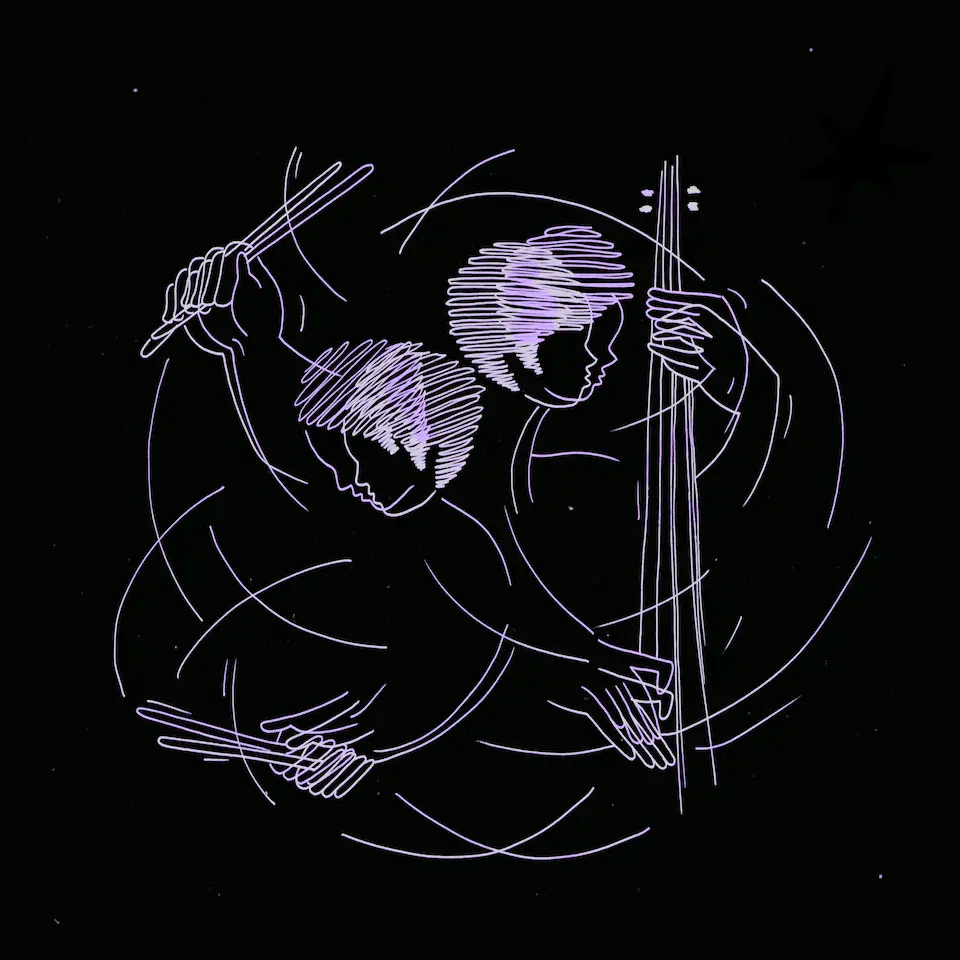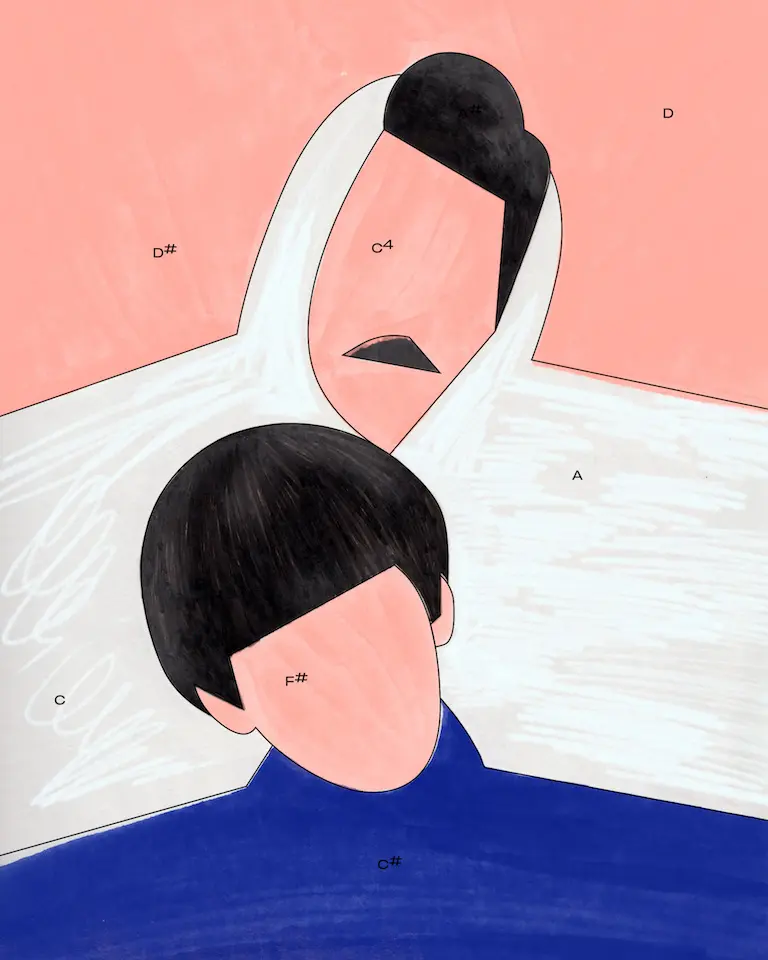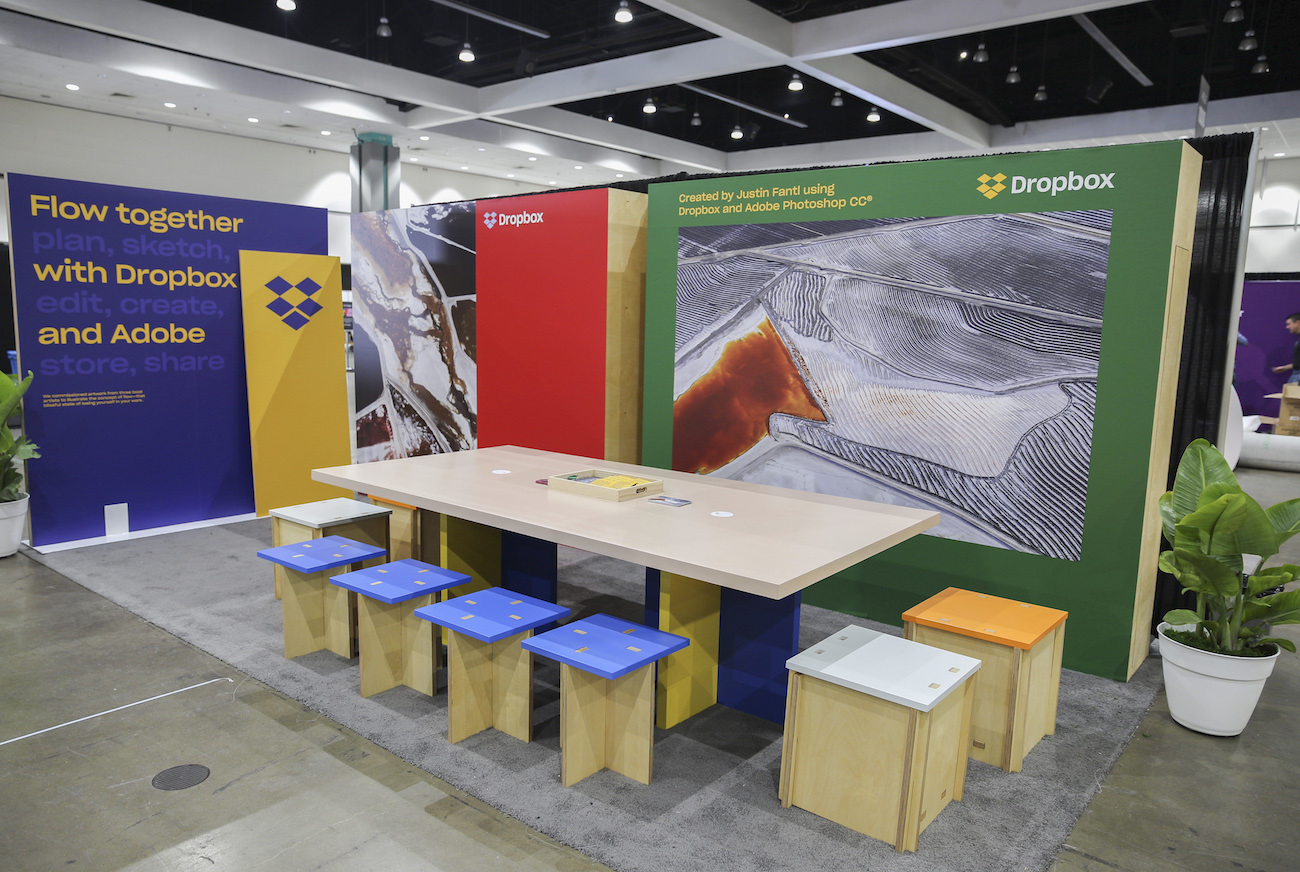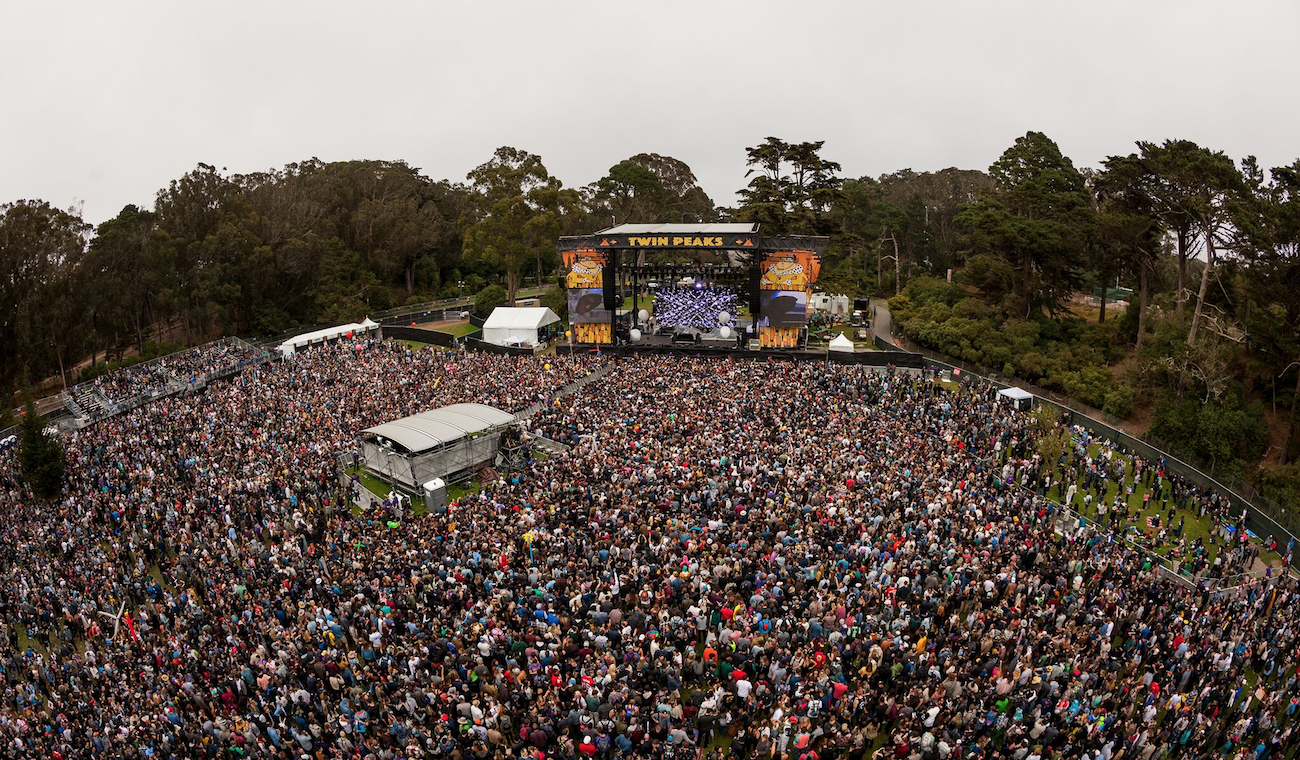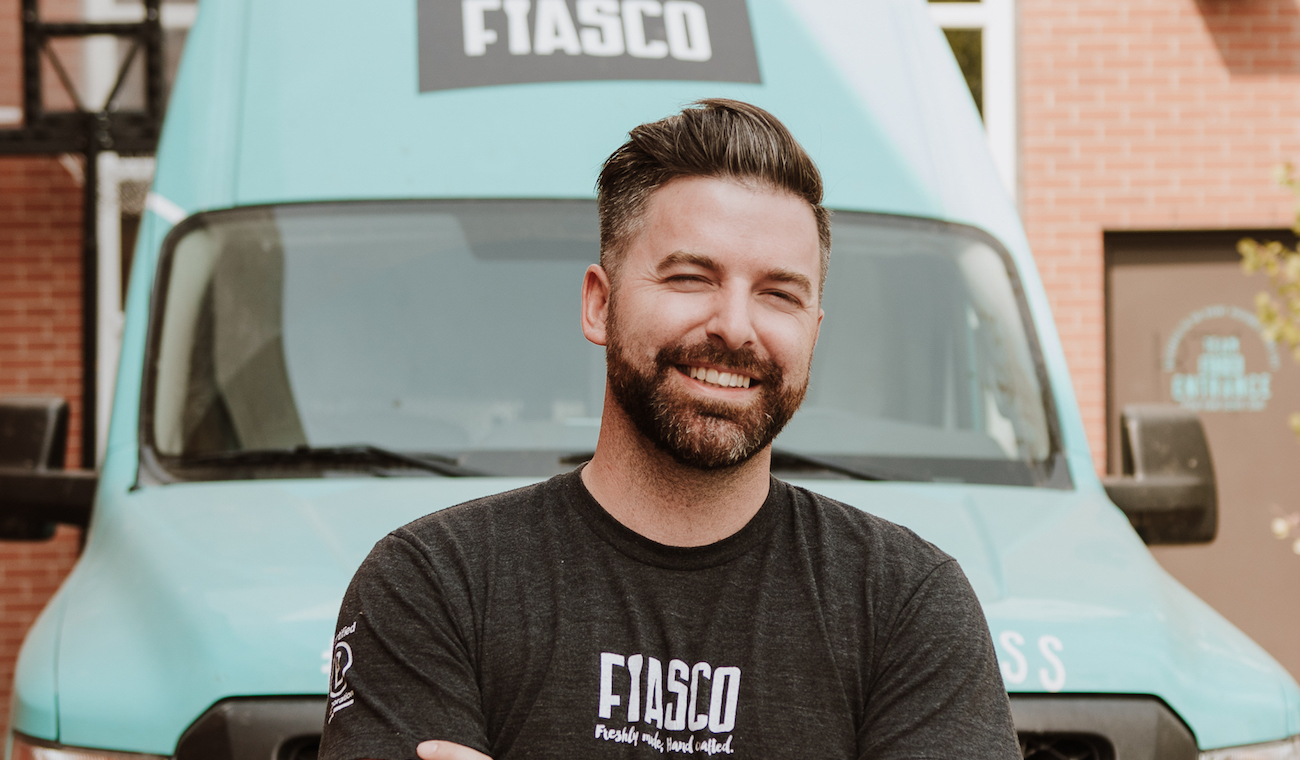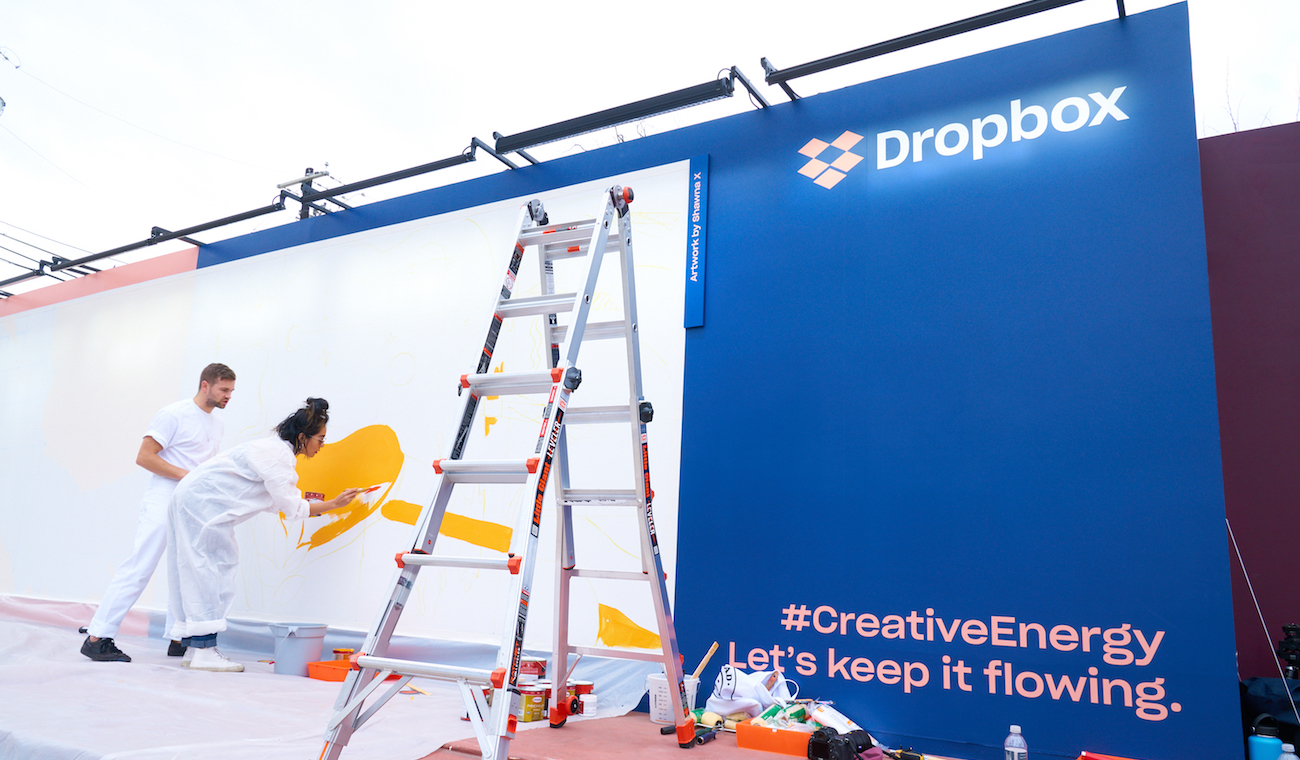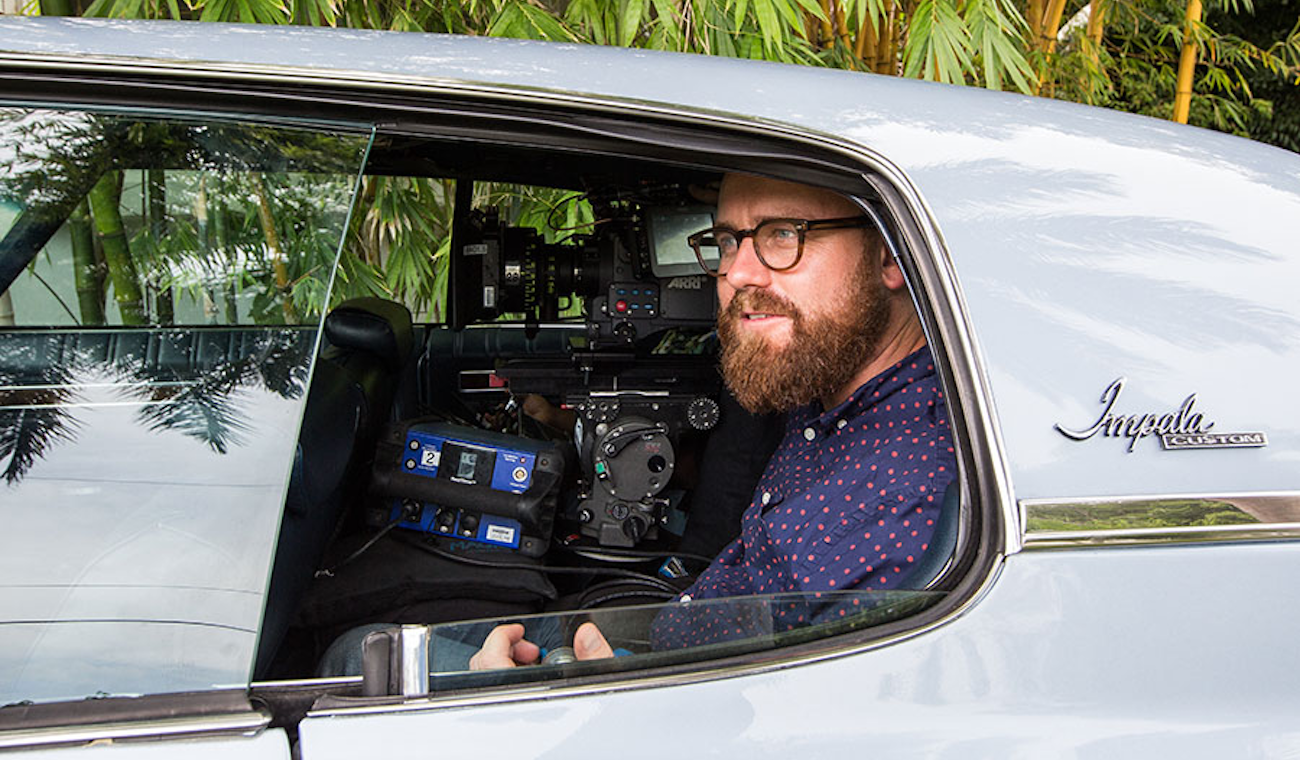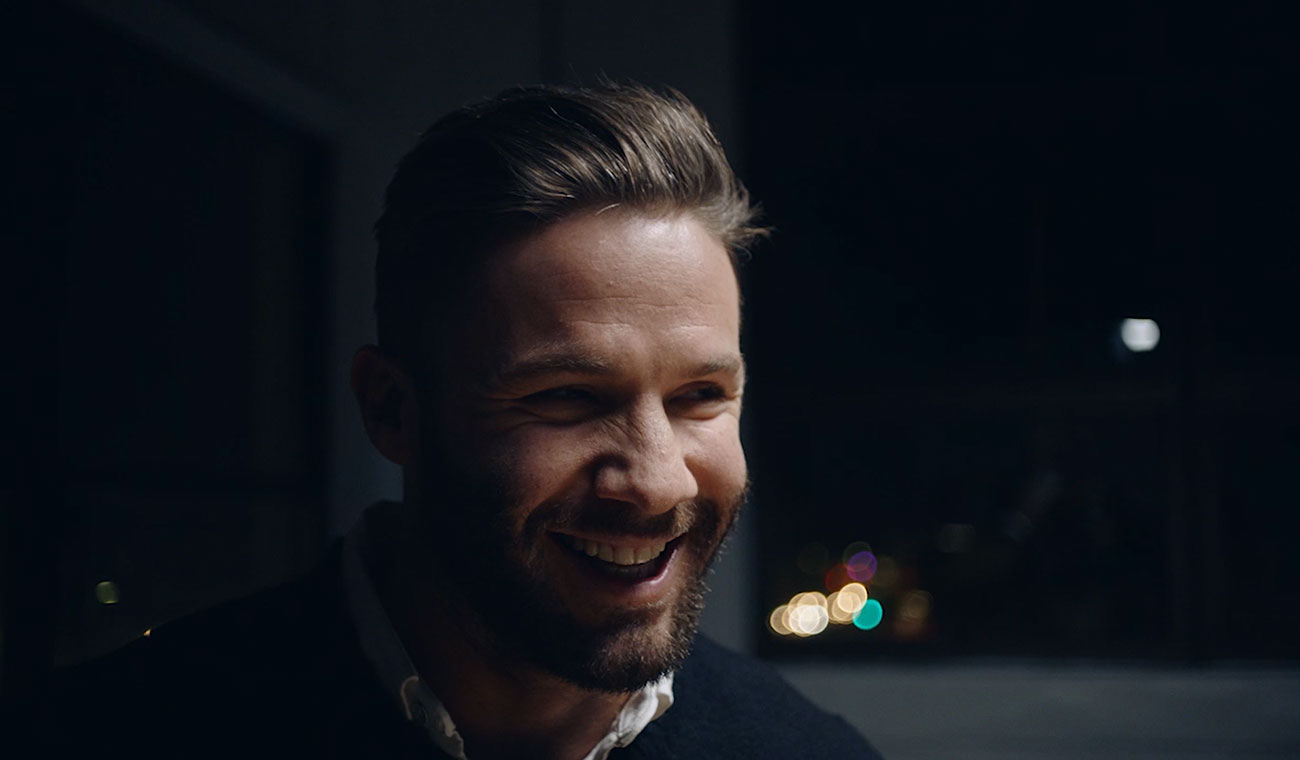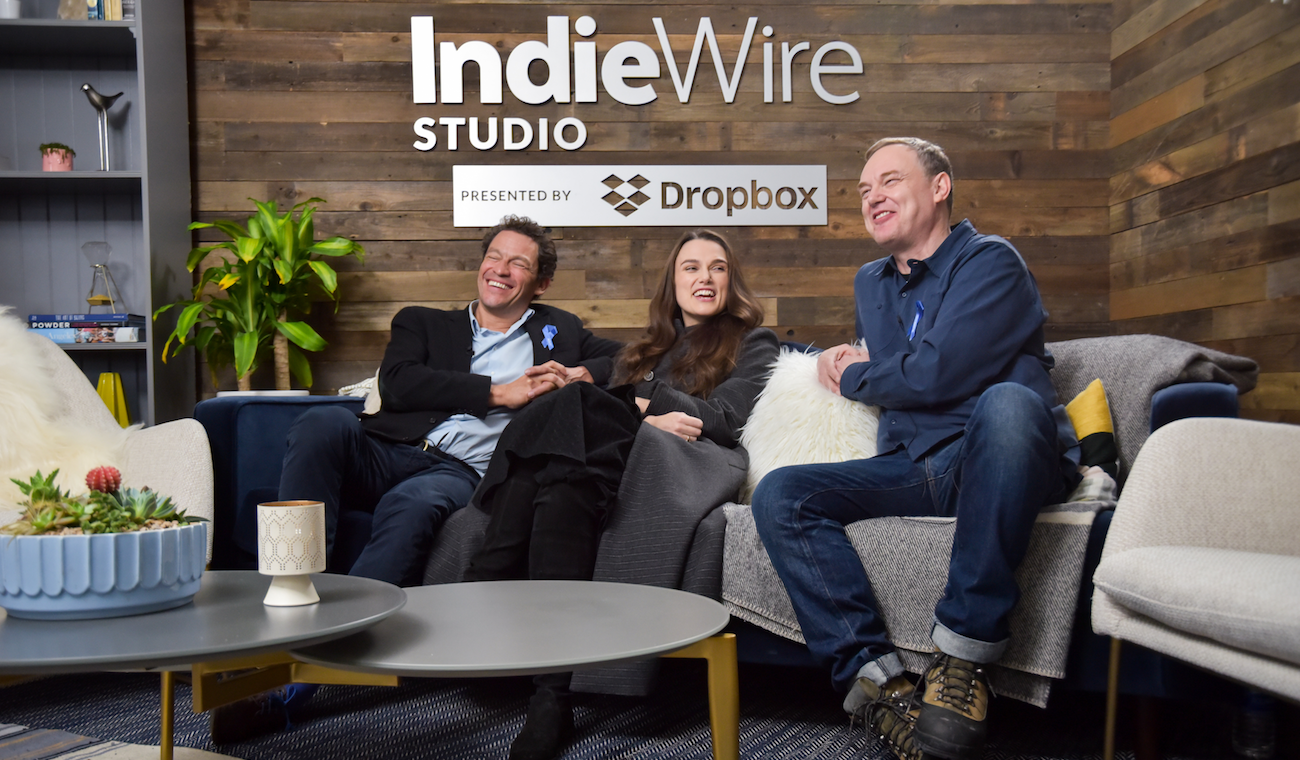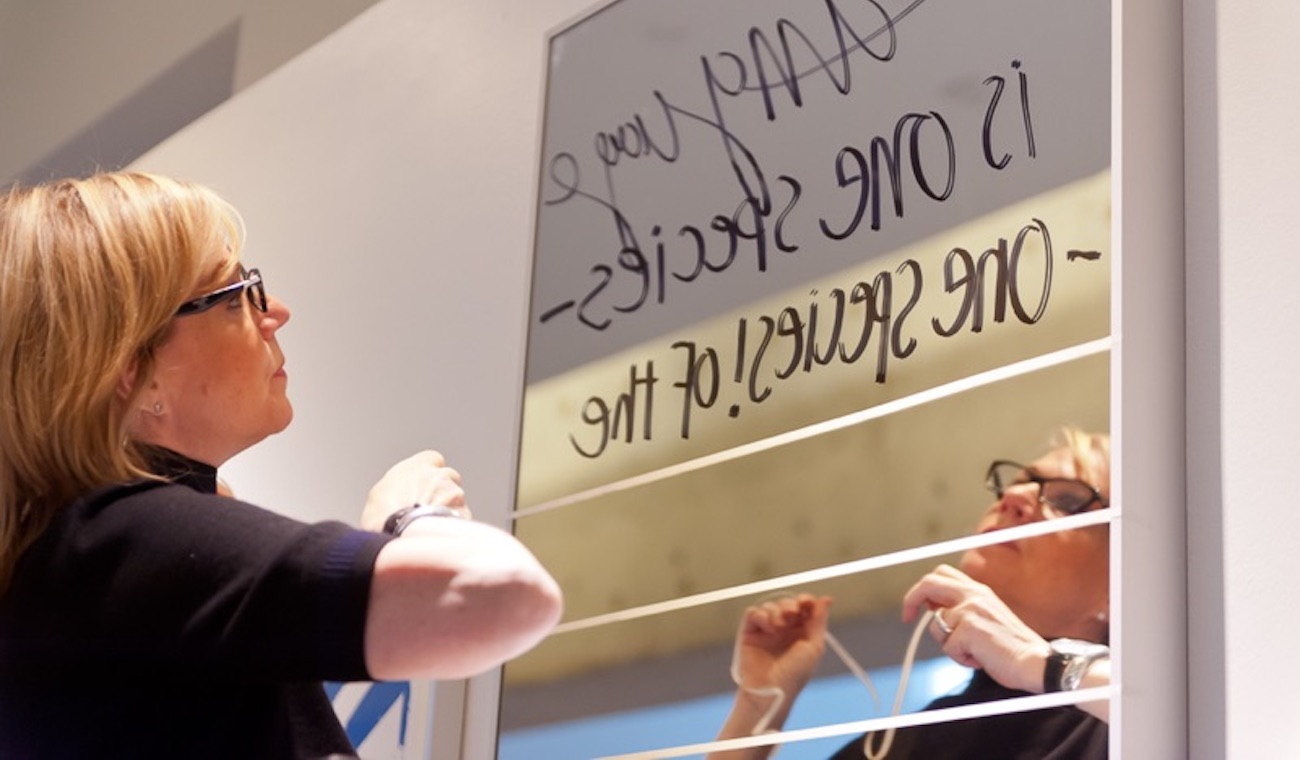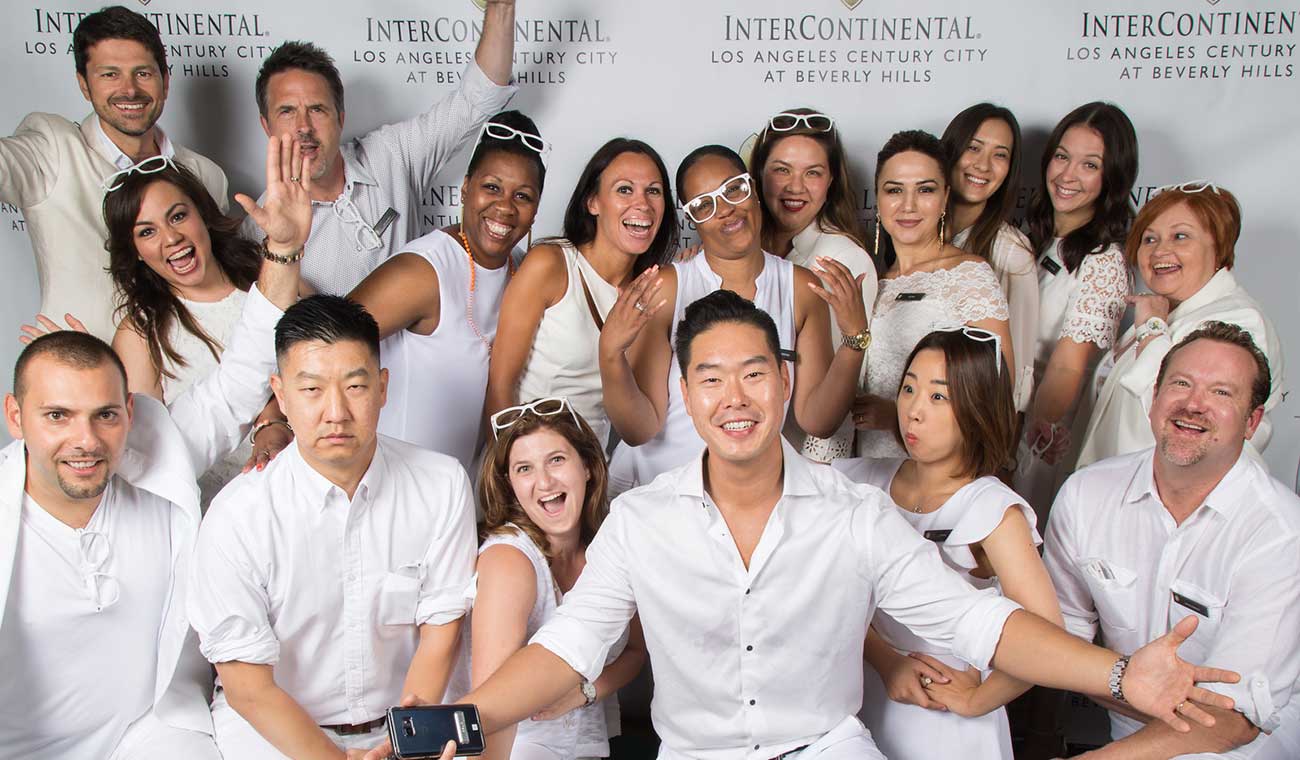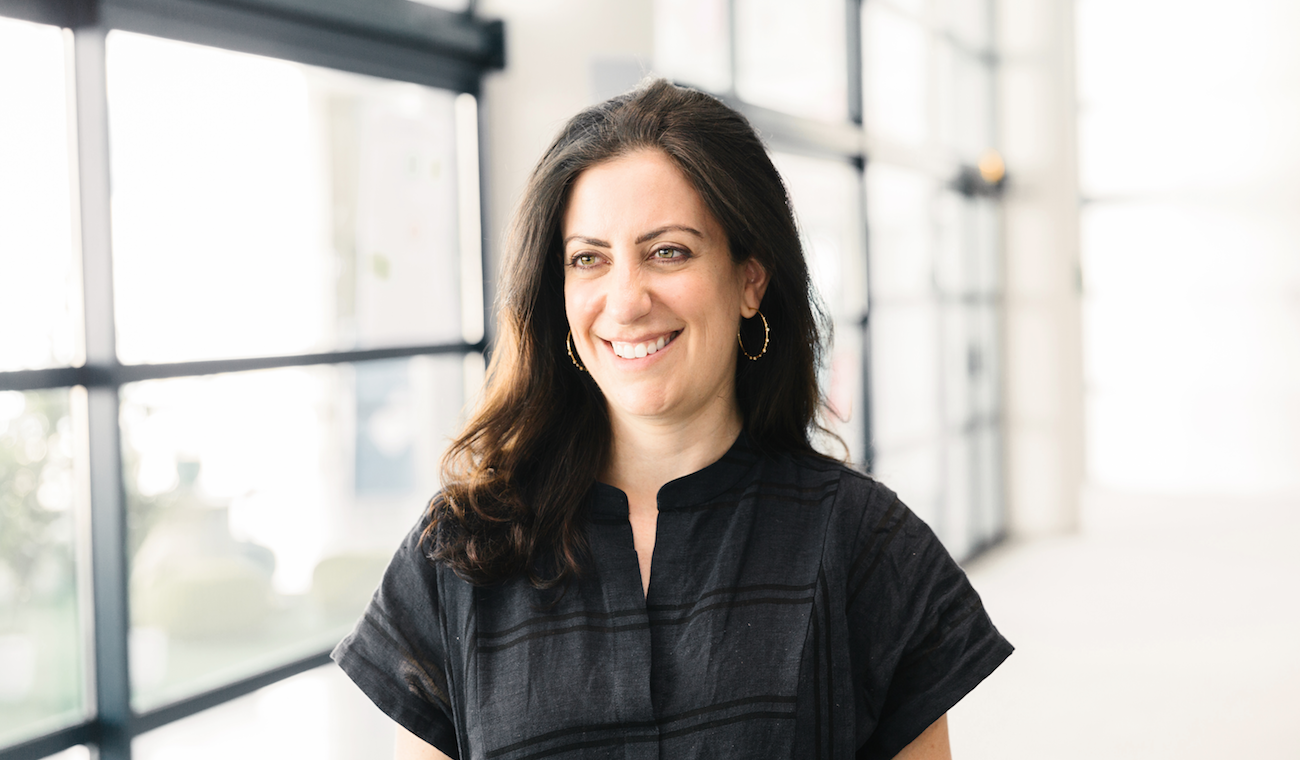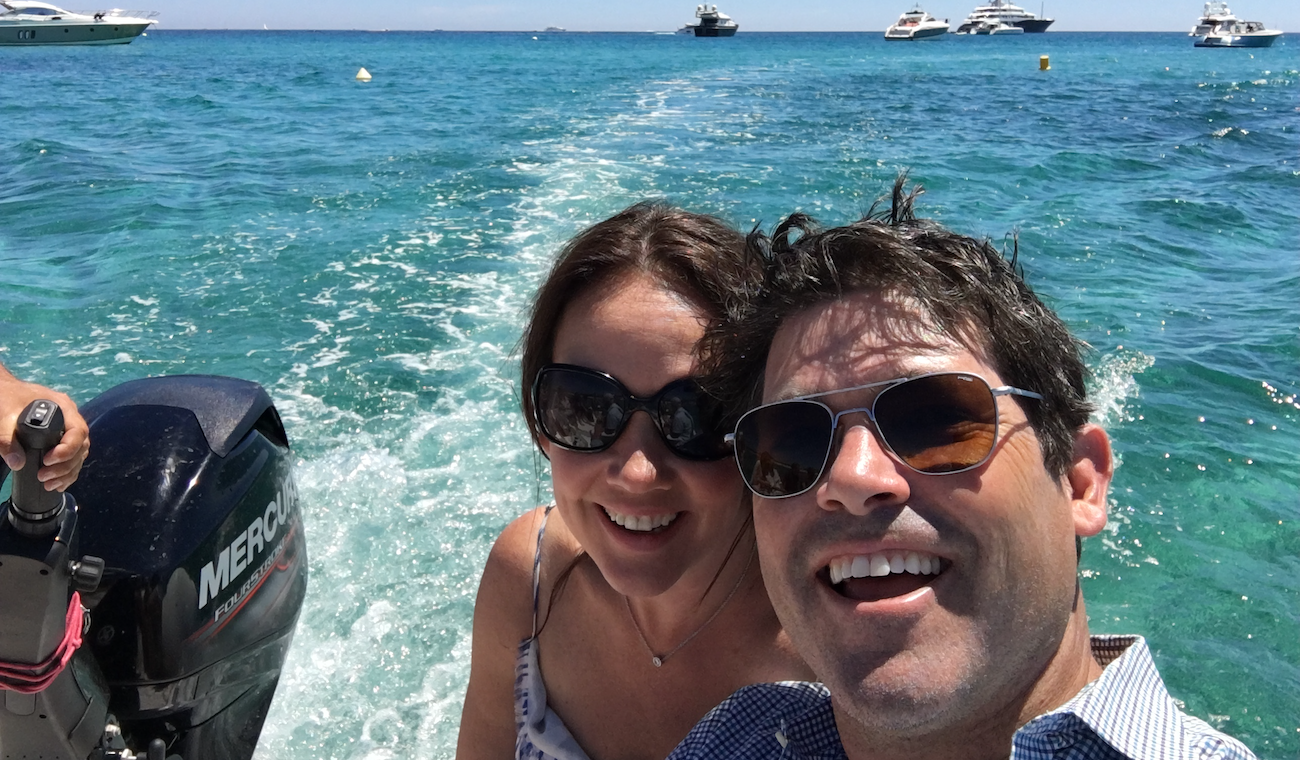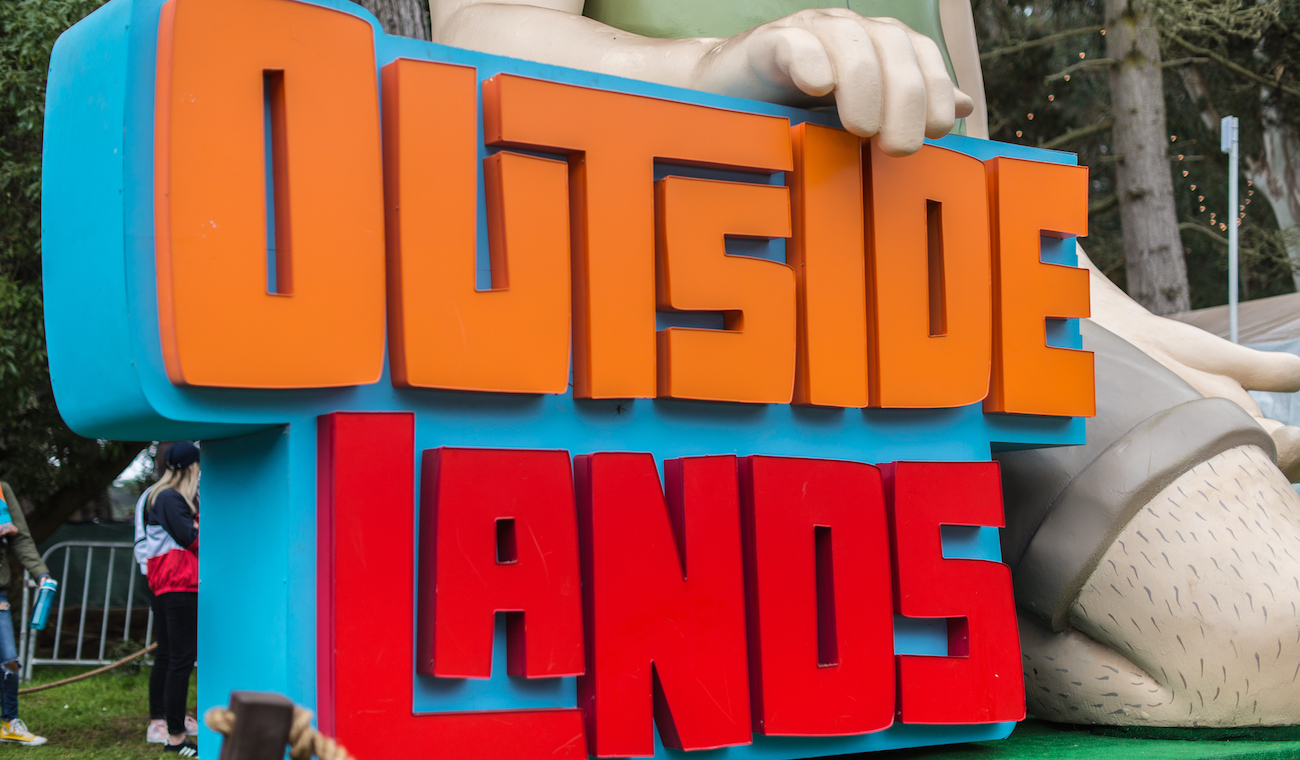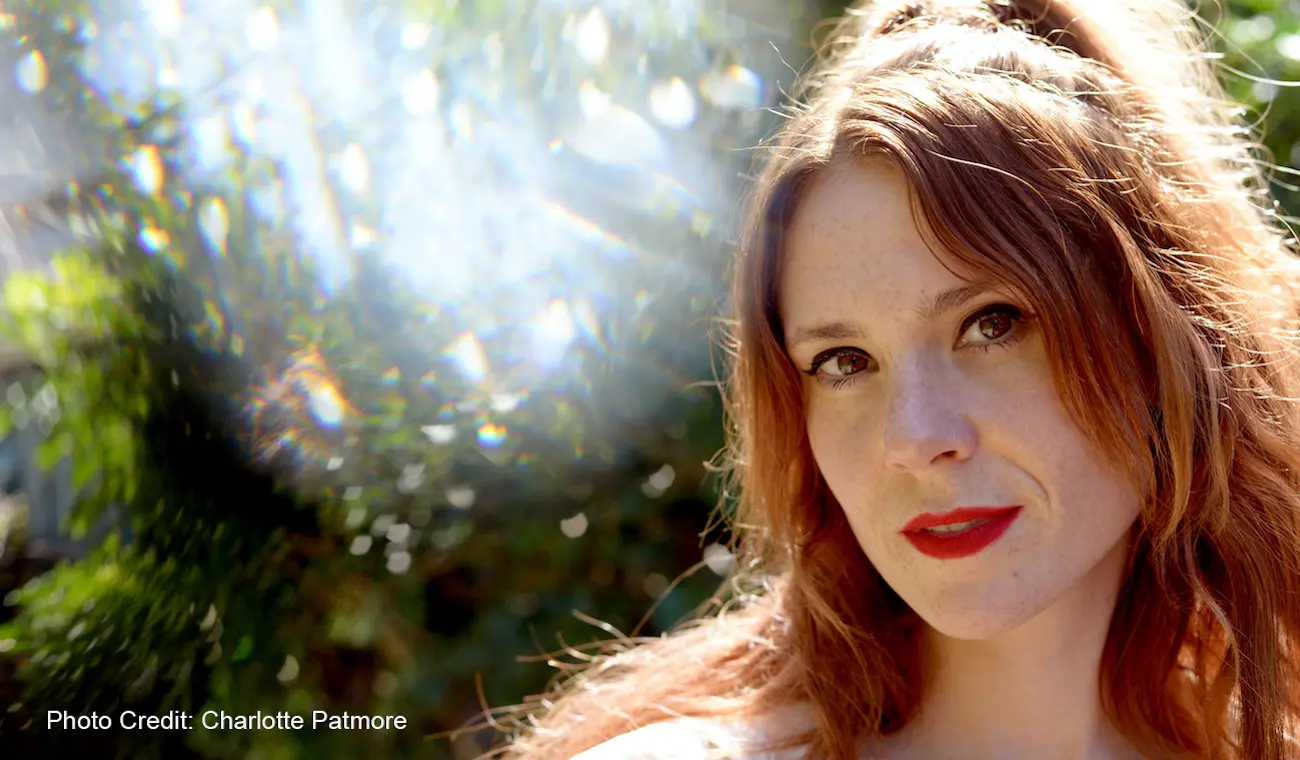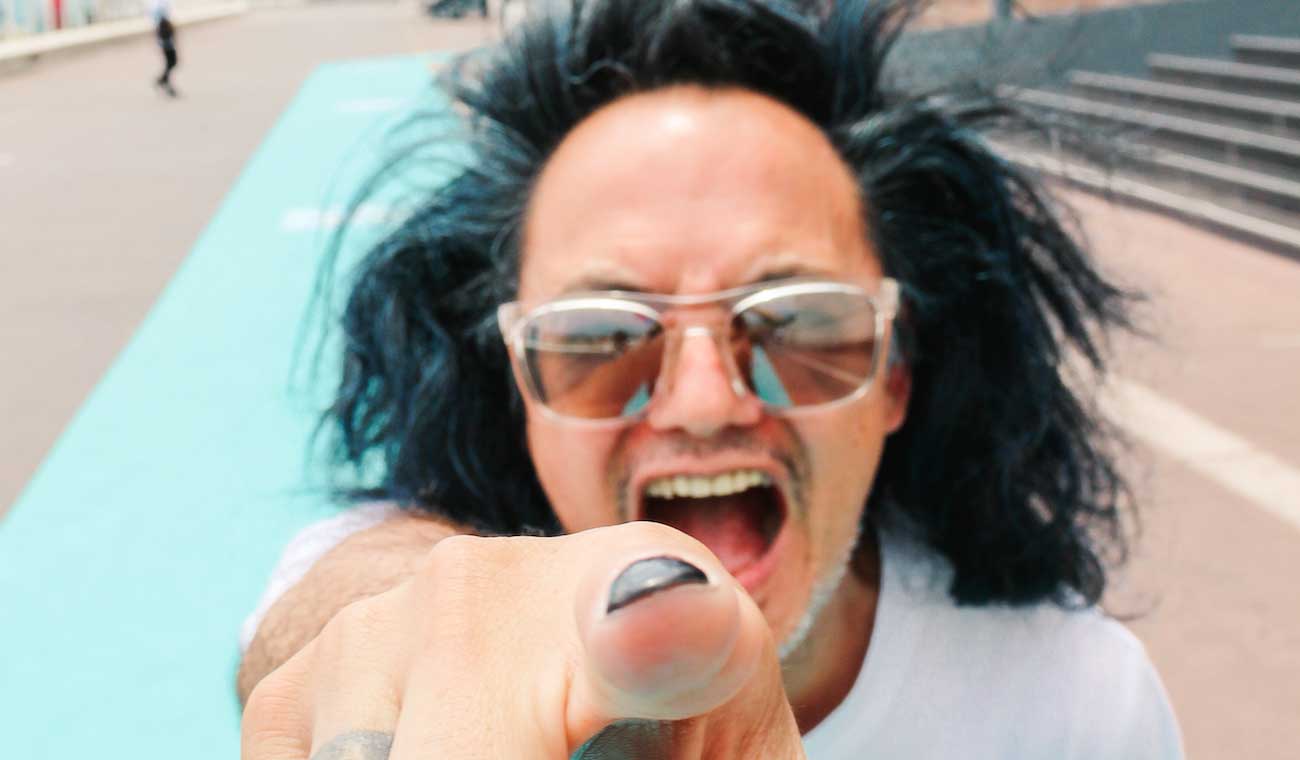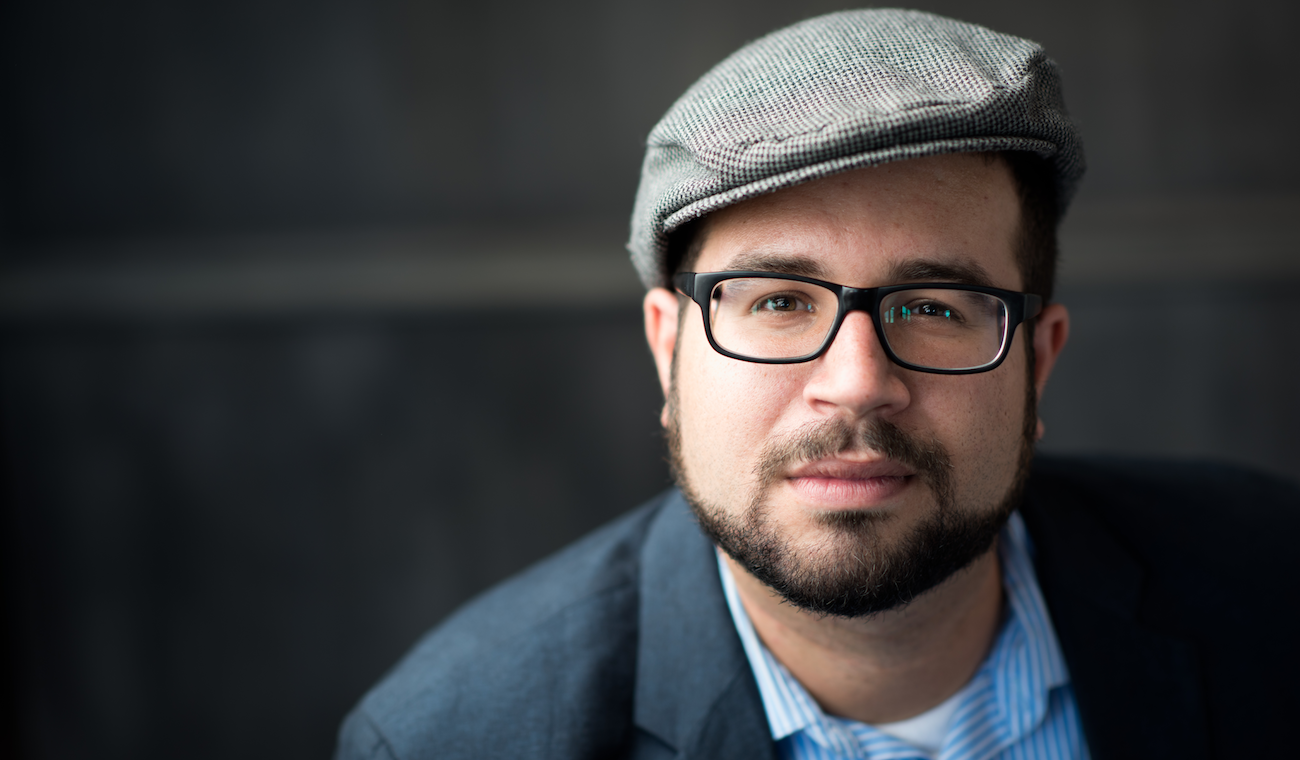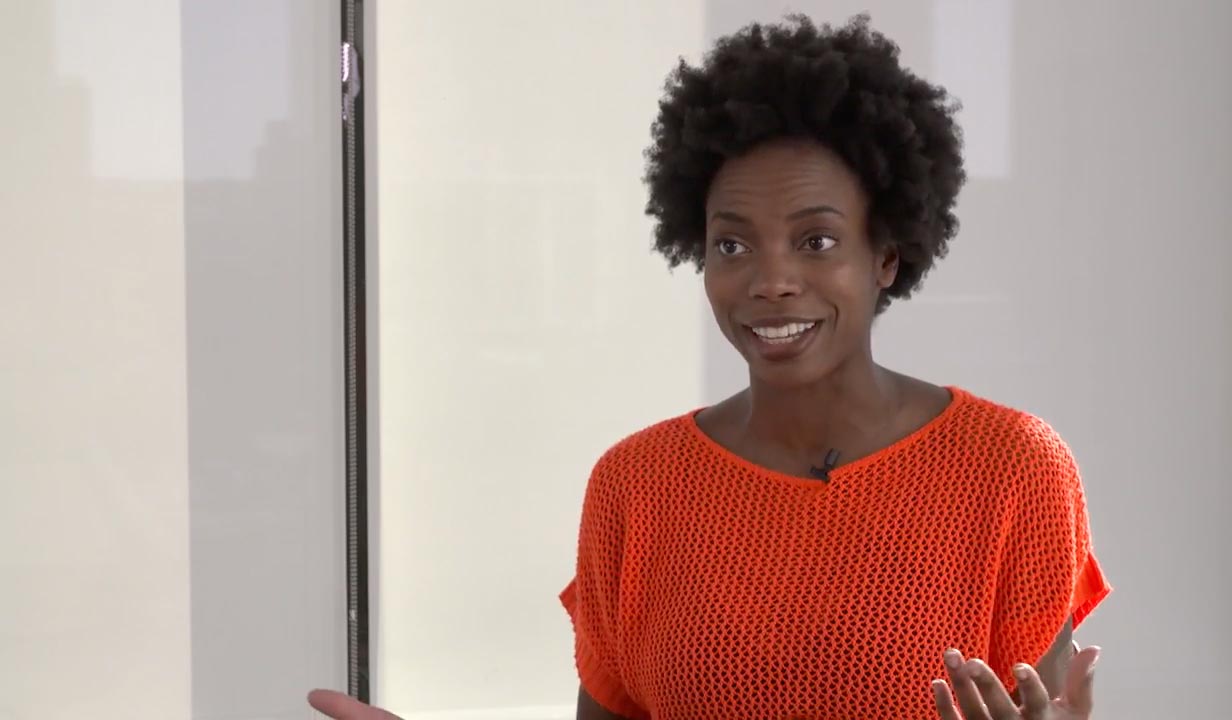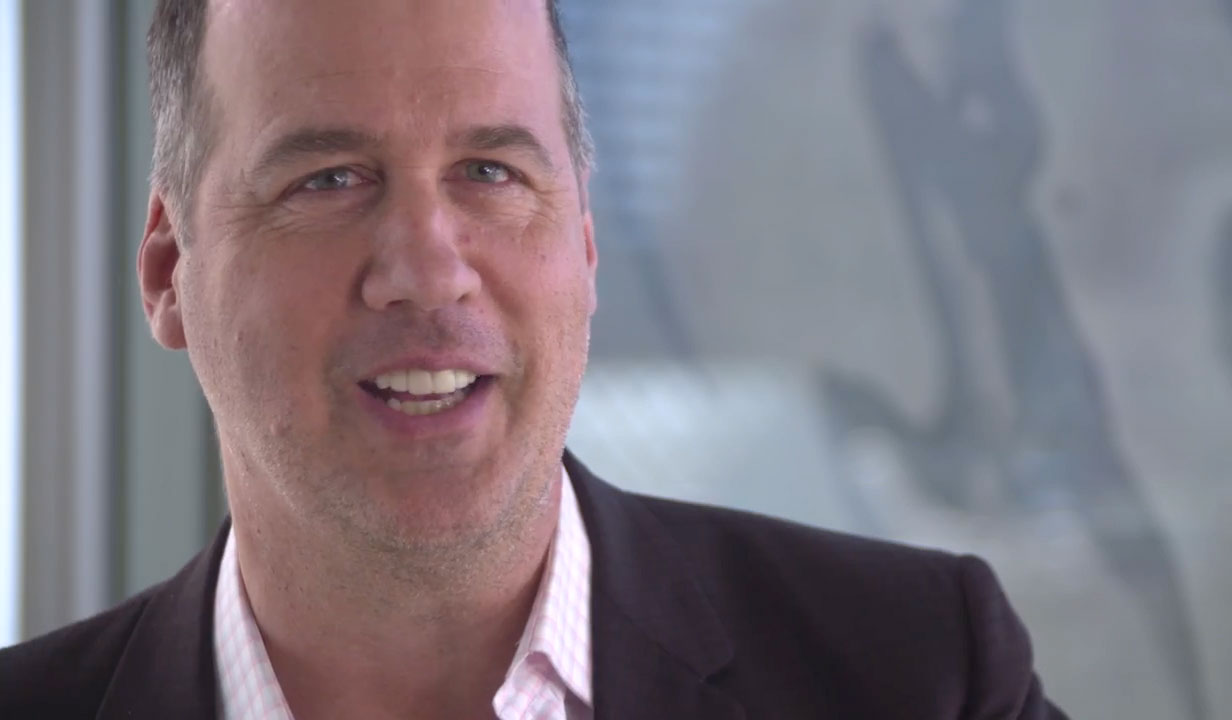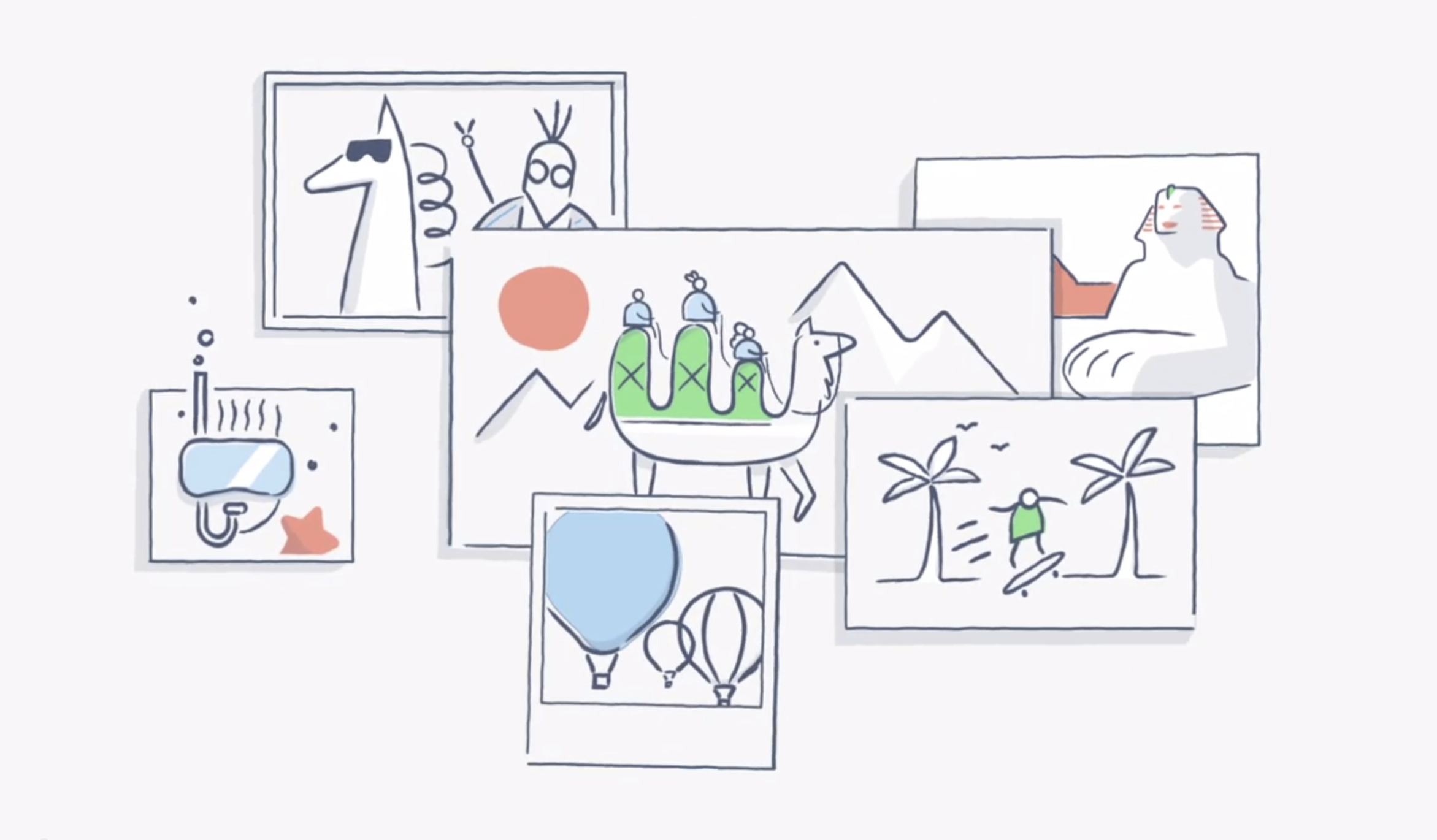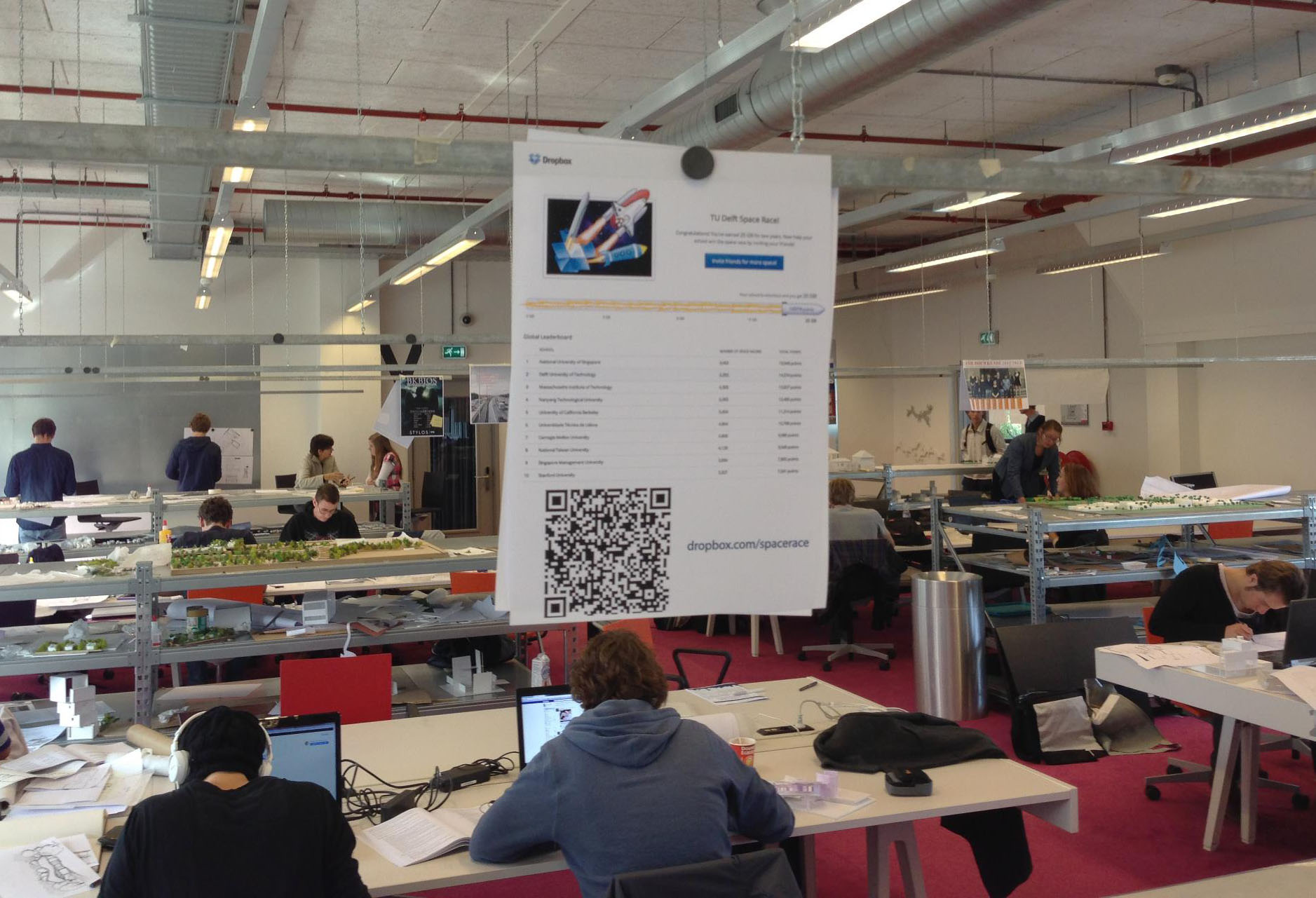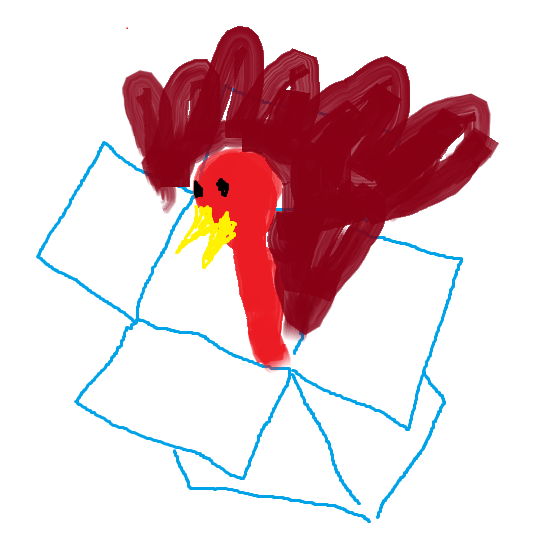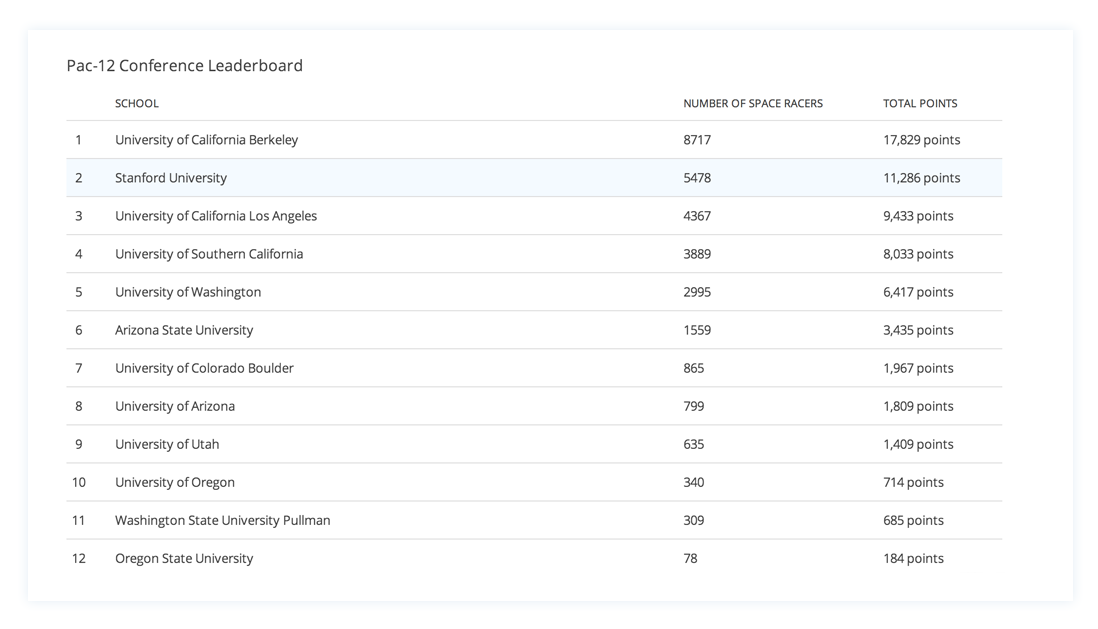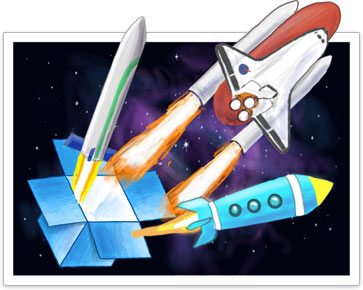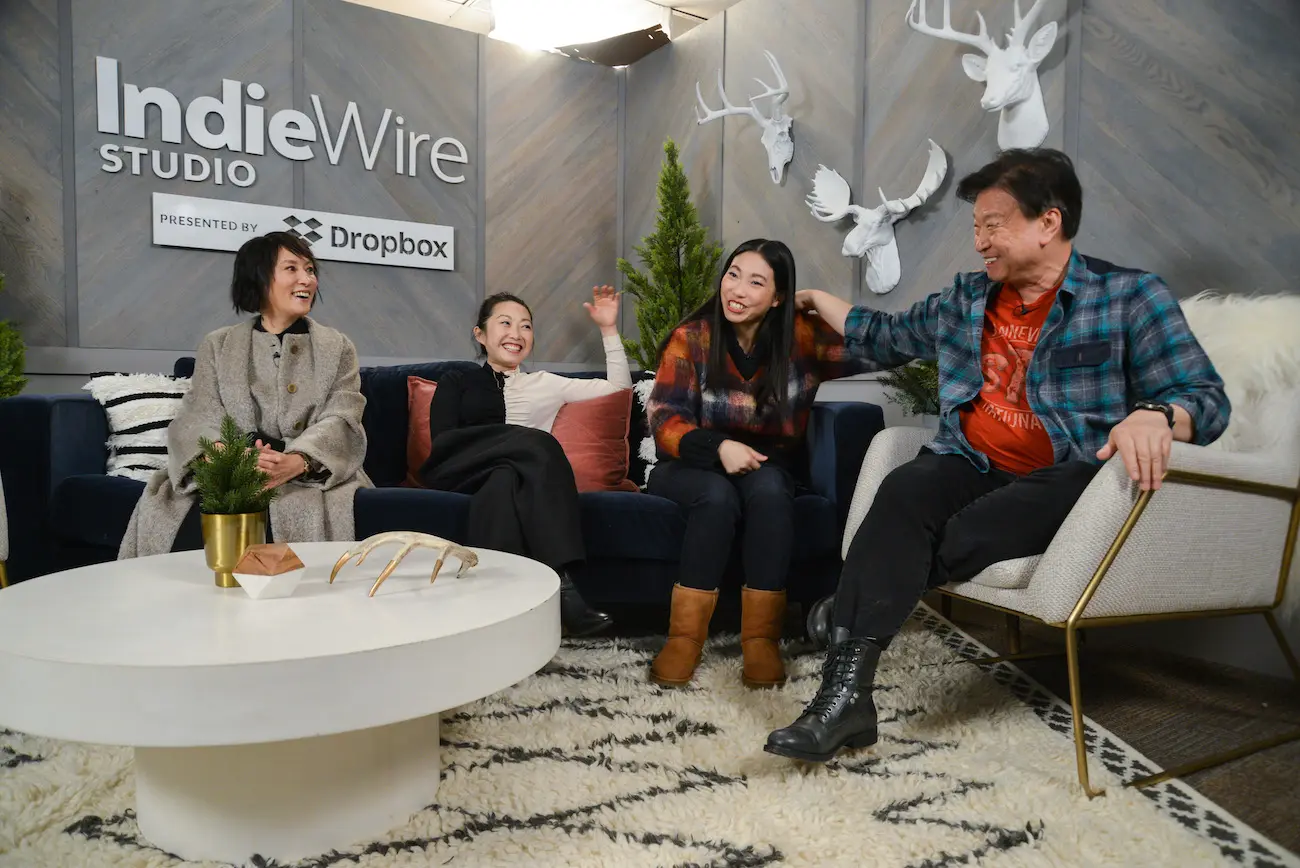
More than storage: How Sundance hit The Farewell used Dropbox all throughout the process
Published on January 31, 2019
Indie studio A24 just acquired The Farewell for more than $6 million—a generous price for one of the Sundance Film Festival’s breakout hits. The movie tells the story of a Chinese family that decides not to tell grandma about a terminal illness, then throws an impromptu wedding as an excuse to say goodbye. We caught up with Joshua Cohen—co-producer and post-production supervisor for the film—to hear how his team used Dropbox in the months leading up to the premiere.
“We use Dropbox throughout our entire process,” says Joshua. The first step, he explains, is simply getting all the paperwork and timetables in one place. “On the production side, we use Dropbox for all our organization, for our contracts and our schedules and everything like that.” As post-production supervisor, Joshua oversees multiple teams, from the film’s in-house crew to third-party vendors. Everyone needs to know who’s working on what—and when. Dropbox keeps everyone on the same page.
“We have to share video files and audio splits, meaning the dialogue is separate from the music, separate from the effects, and all those different files and file formats are getting shared over Dropbox.”
Next comes the editing work itself. Sometimes during filming, Joshua explains, you don’t get the best possible audio from your actors. Perhaps there was some unexpected background noise, or the emotion in a line didn’t sound quite right, or an actor garbled a word in what was otherwise the best take. To fix these issues, the post-production crew must do automated dialog replacement, or ADR, the process of re-recording certain lines from the original actors and matching them to the right moments in the film.
“ADR is tricky, especially if it’s on camera,” he says. “We have to share video files and audio splits, meaning the dialogue is separate from the music, separate from the effects, and all those different files and file formats are getting shared over Dropbox.”
Joshua says he has peace of mind knowing that he can always make changes like this later, with everything synced and up to date, no matter the type of file. “With making a film, you always hope for the best but prepare for the worst, coming up with contingency plans. But we never had to worry about any of that. Dropbox worked out really well for all our needs.”
If the contracts, scheduling, and editing weren’t already a big enough challenge, Joshua’s team had to constantly collaborate between America and China as well. “Because we’re an America-Chinese co-production, everything kind of has to be done twice. The subtitles need to be done in English and Chinese, all our main title cards, our end crawl.”
“There needs to be one version of the film that everyone’s working on, one time code that everyone is adhering to, one cut of the film that everyone is working from, one version of everything.”
To get it right, the Farewell crew had to work across multiple time zones, passing drafts from one country to the other around the clock. “Our ADR was happening with actors who live in LA, with actors in China, with actors in New York. So there’s a lot of collaboration that has to happen sharing video files, audio files, scripts, spreadsheets, and everything. That’s all happening on Dropbox and it makes it really easy because I can load everything and share it very quickly and efficiently with the dozens of people who need it at a given time.”
In the end, Joshua says, it always comes back to having everyone focused on the same thing—aware of each key change and confident that each film asset is up to date.
“There needs to be one version of the film that everyone’s working on, one time code that everyone is adhering to, one cut of the film that everyone is working from, one version of everything. If there are changes made in the picture, for example, the sound designer needs to know because that’s going to affect length, the DI needs to know because that’s going to affect picture and color, the VFX house needs to know, and our composer needs to know. That’s all happening on Dropbox.”
Catch The Farewell in theaters later this year.
More film tools: Read about our latest feature for filmmakers—time-based commenting—which launched during the 2019 Sundance Film Festival.


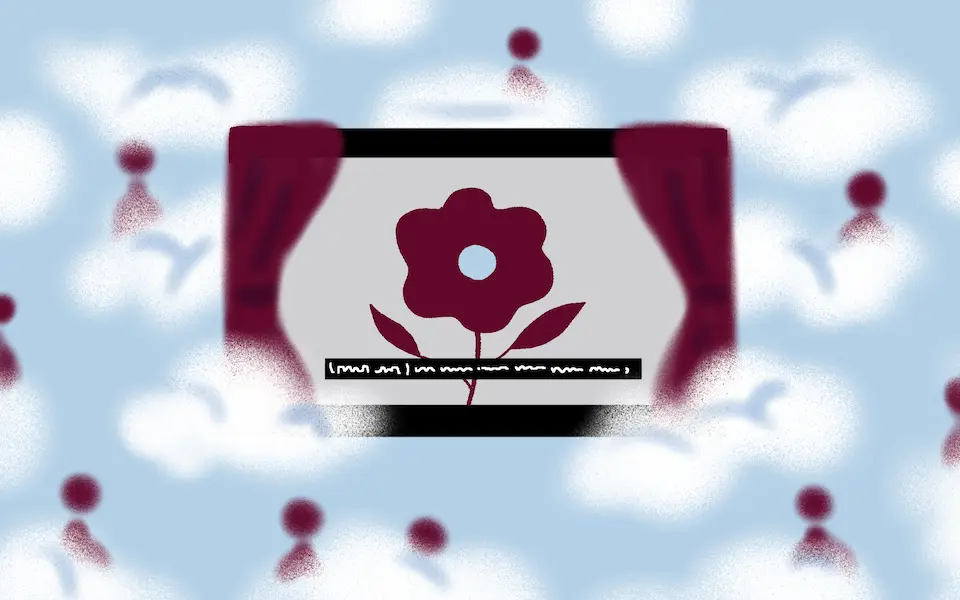
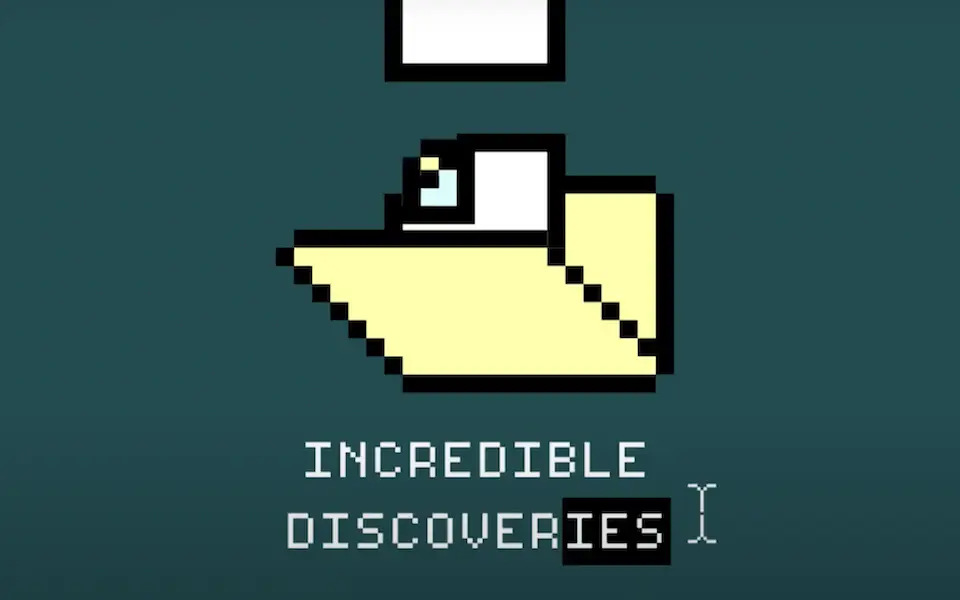
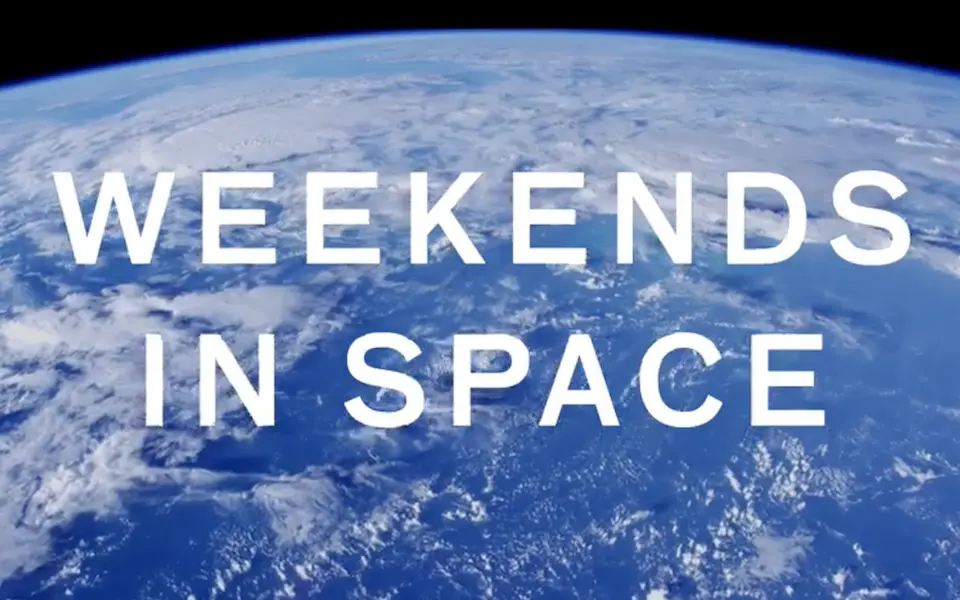
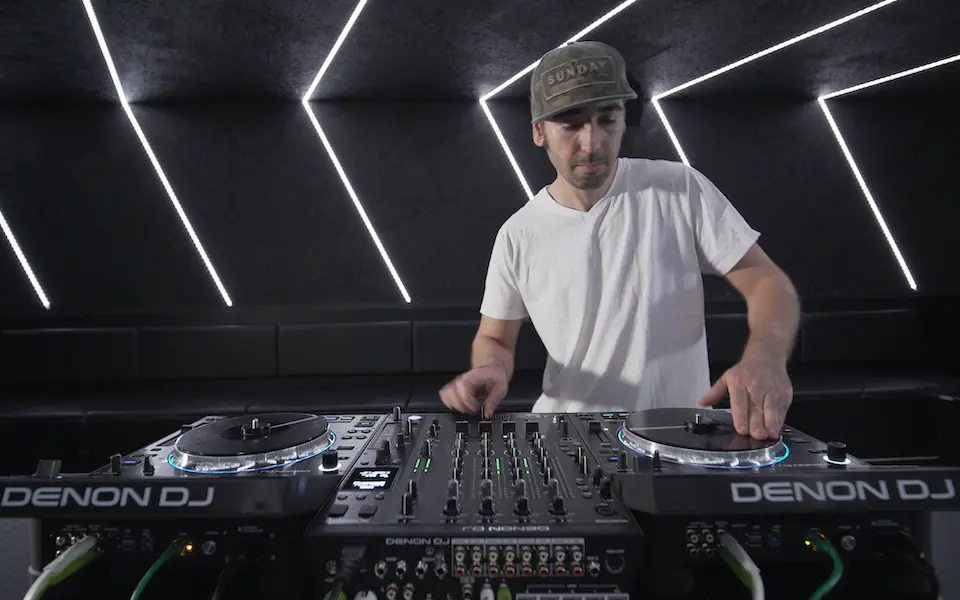
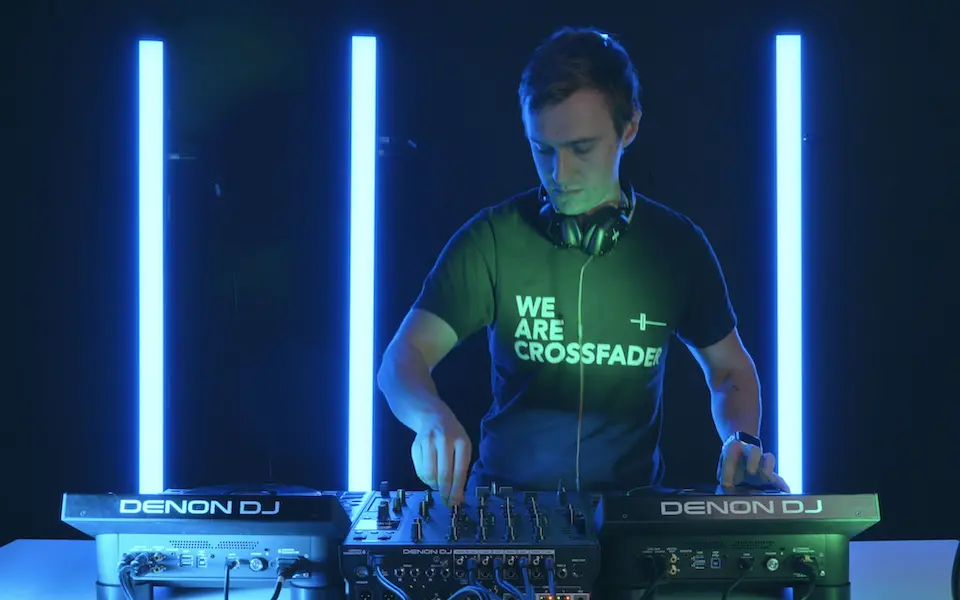



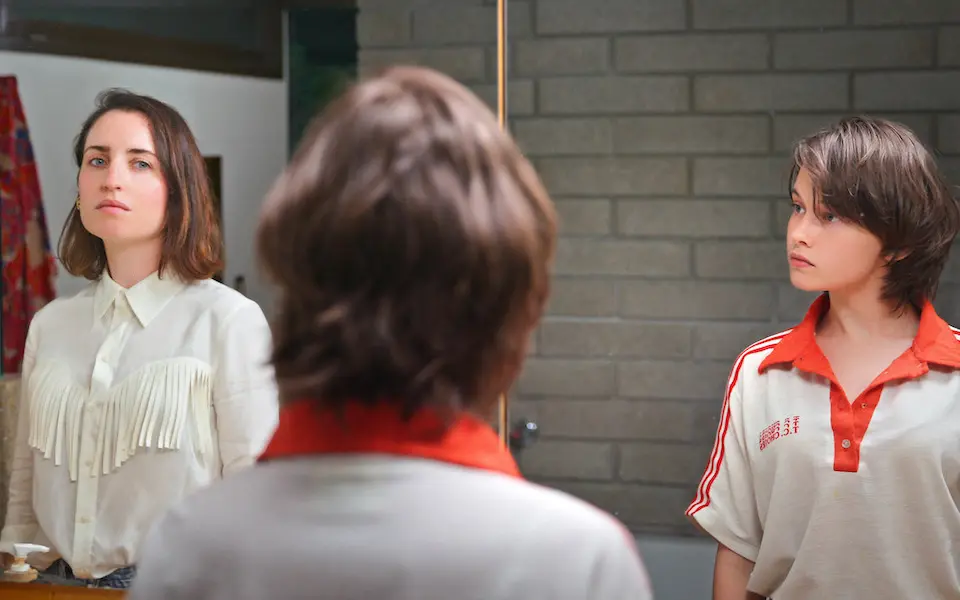
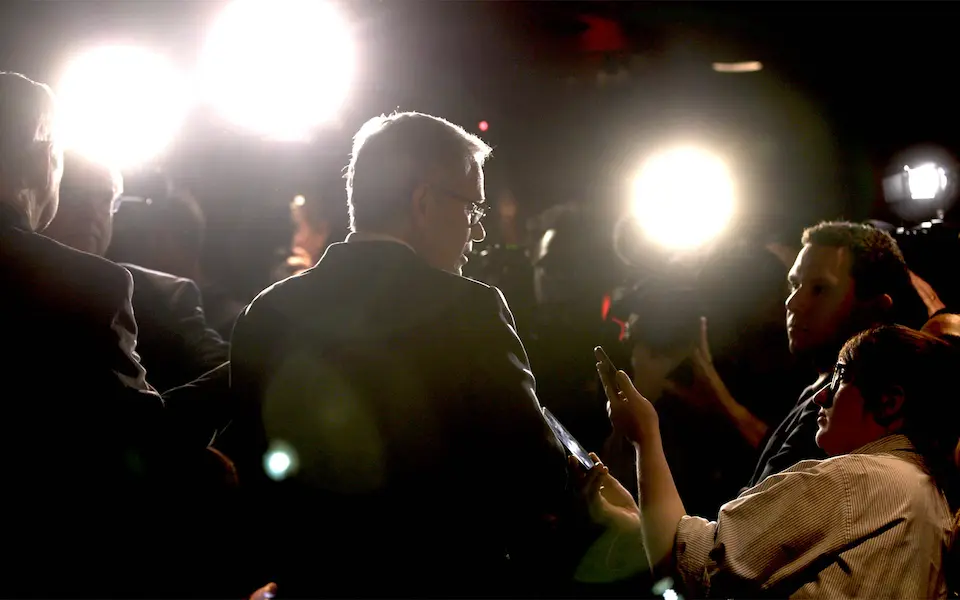
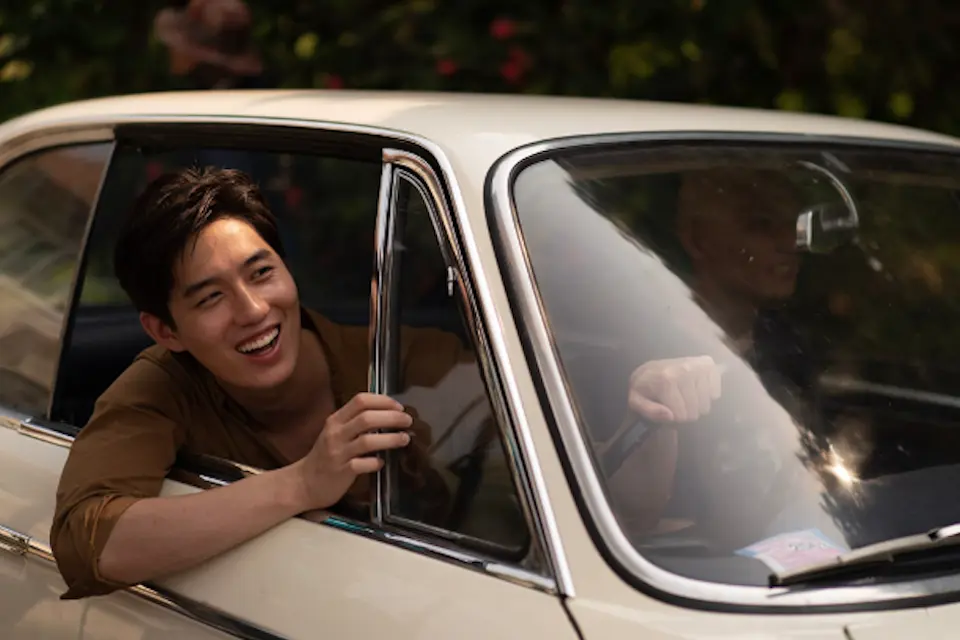

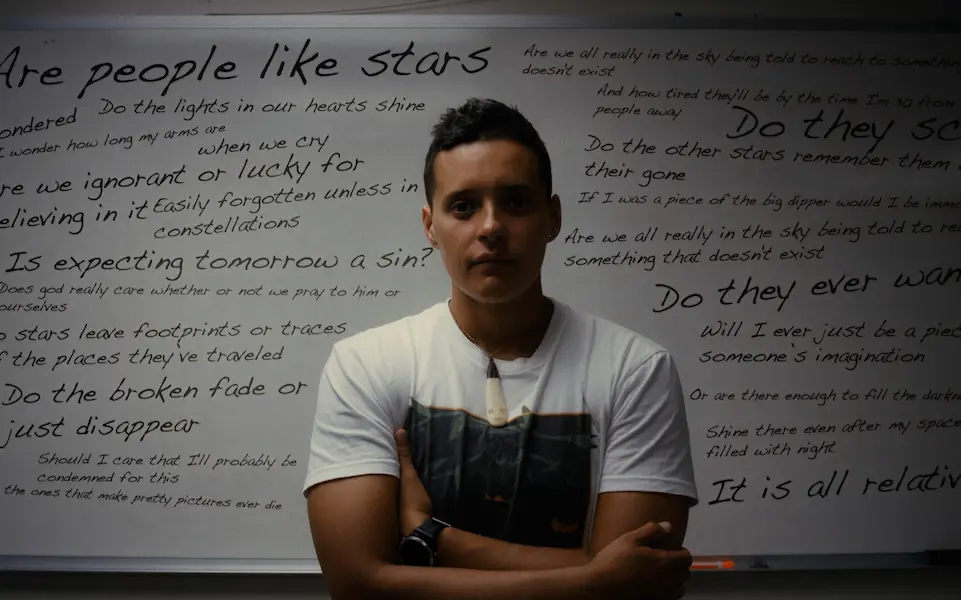
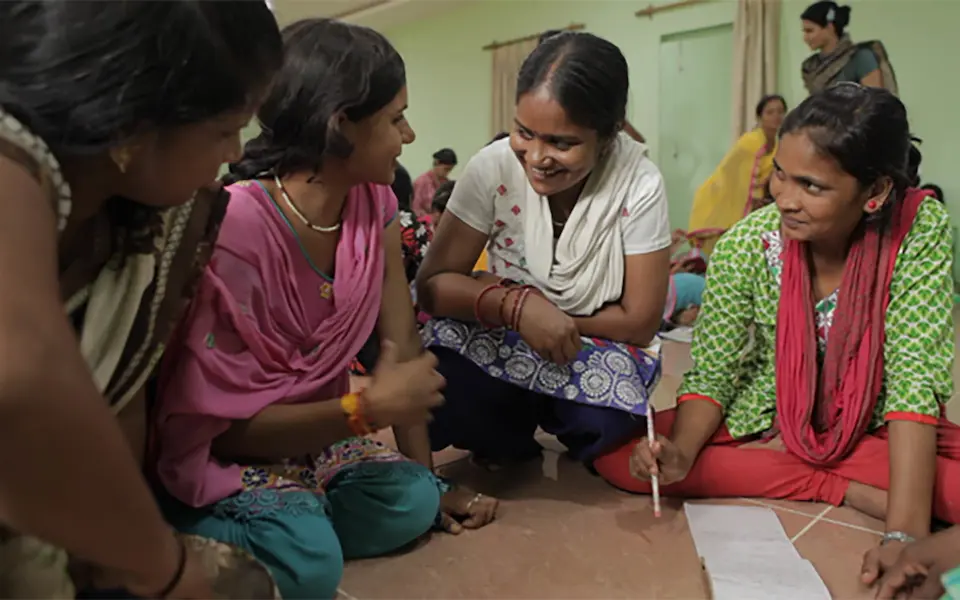
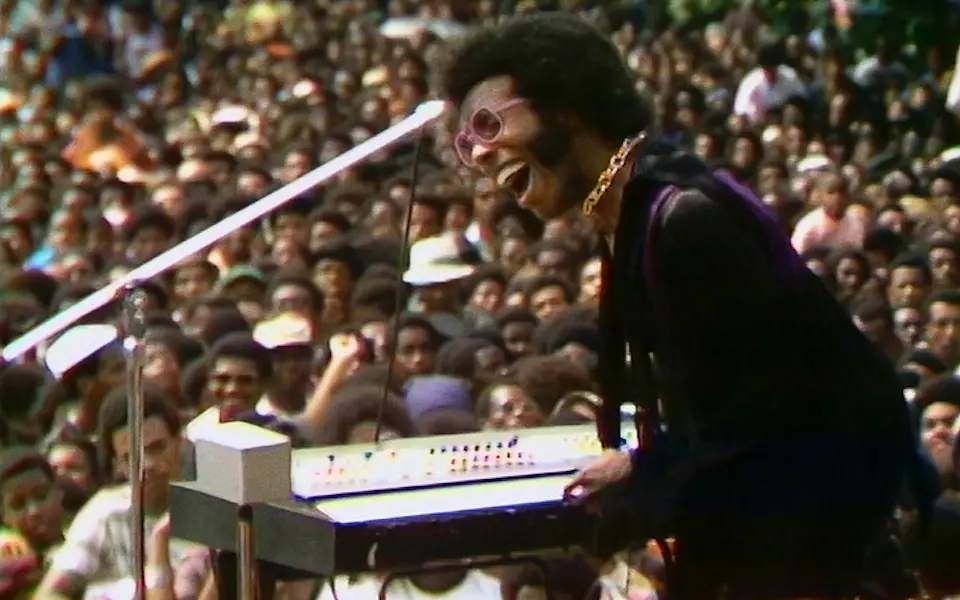
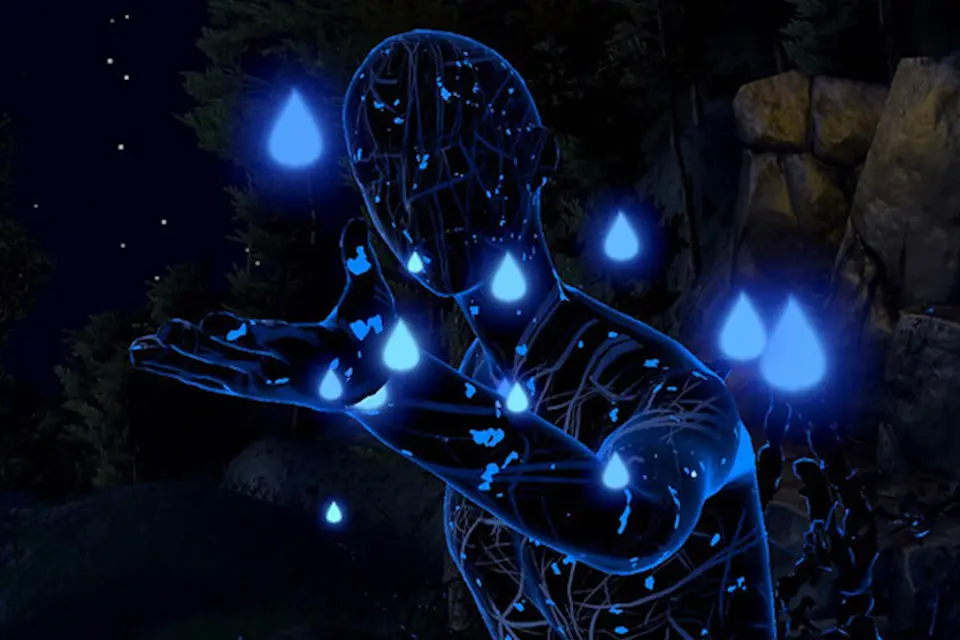
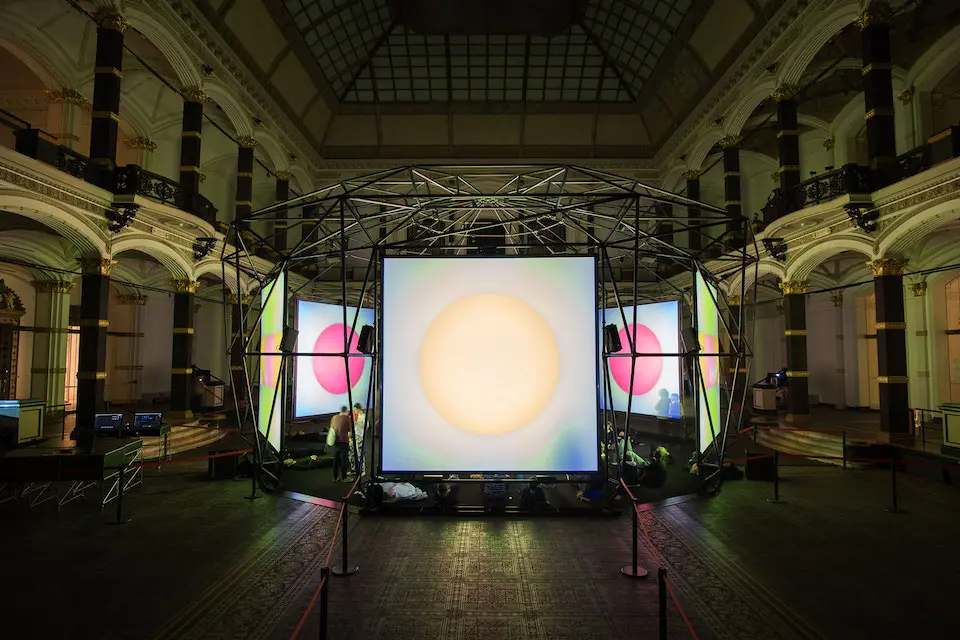




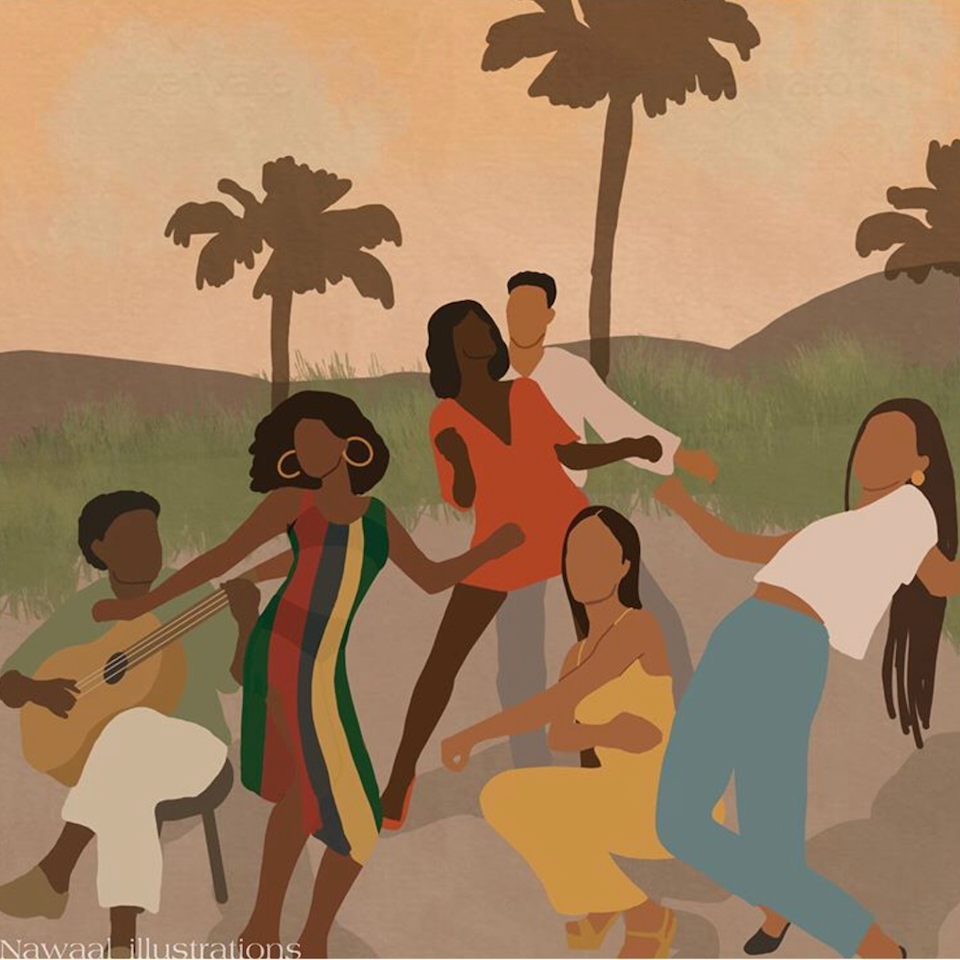


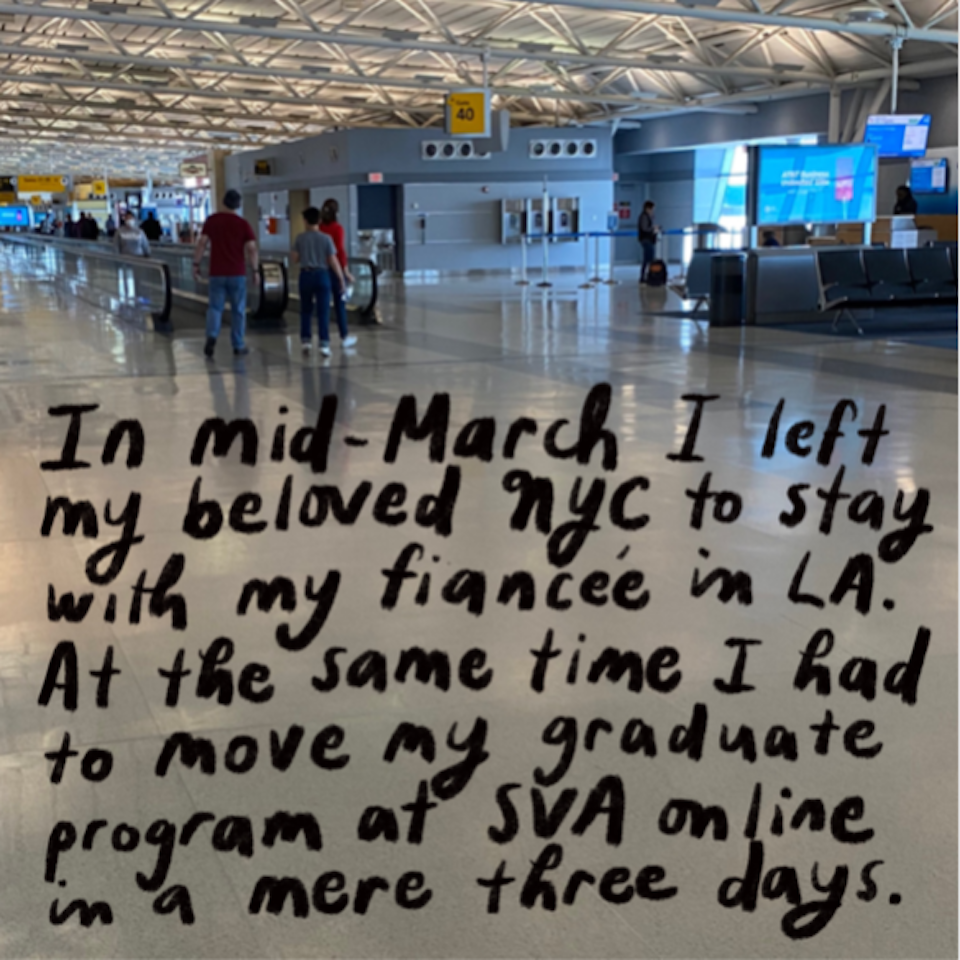
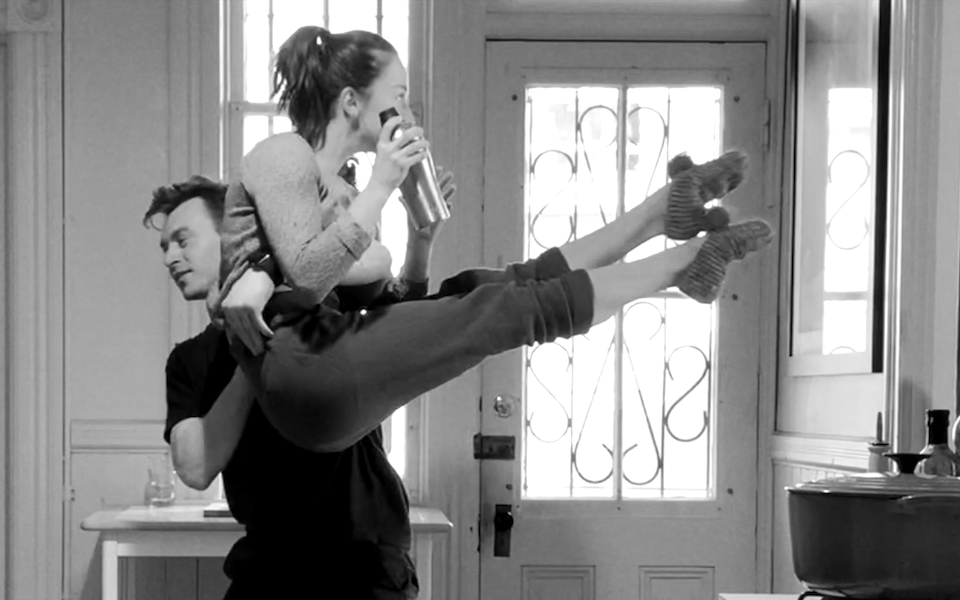
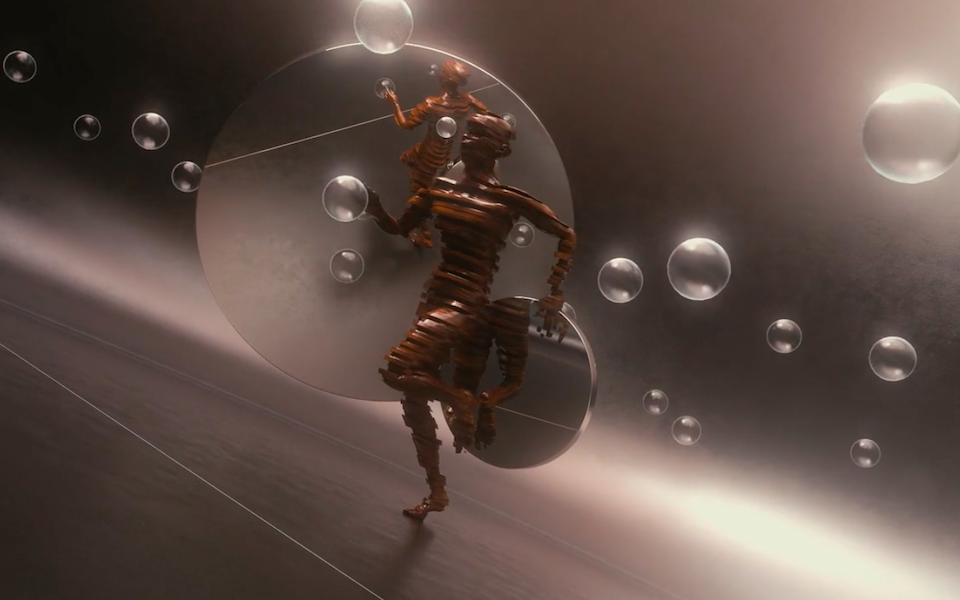
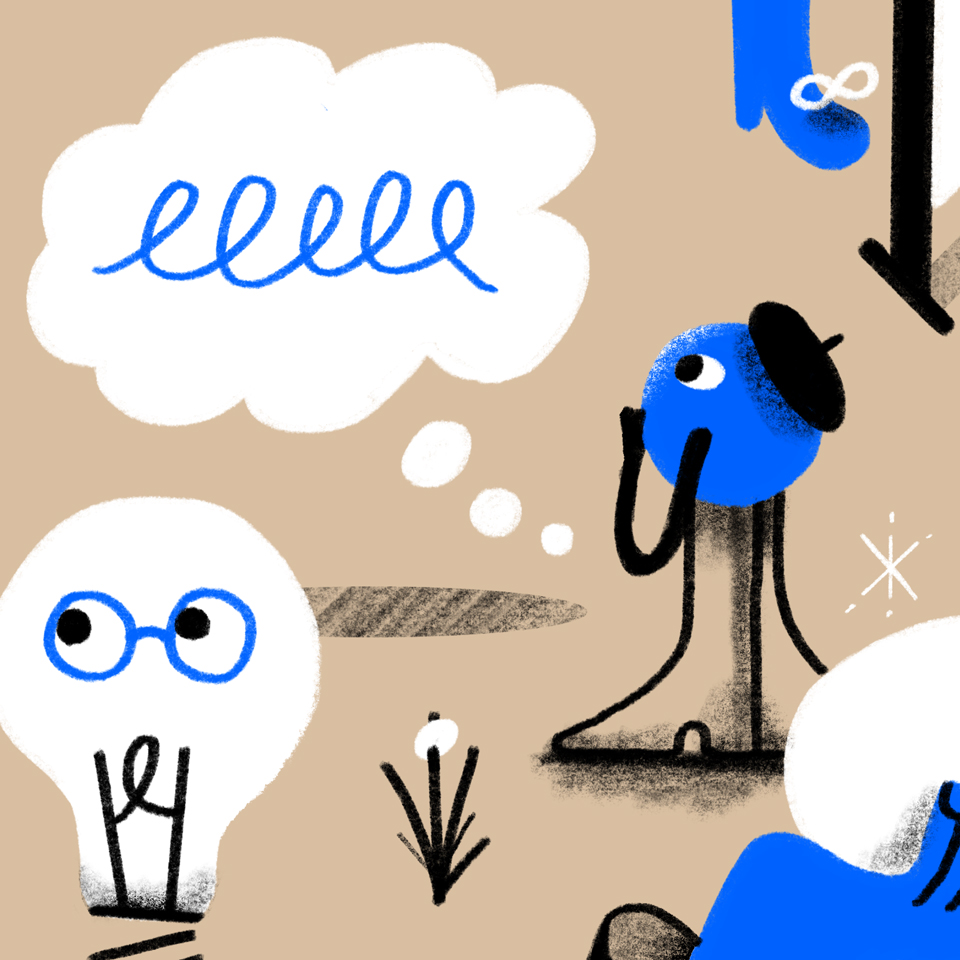
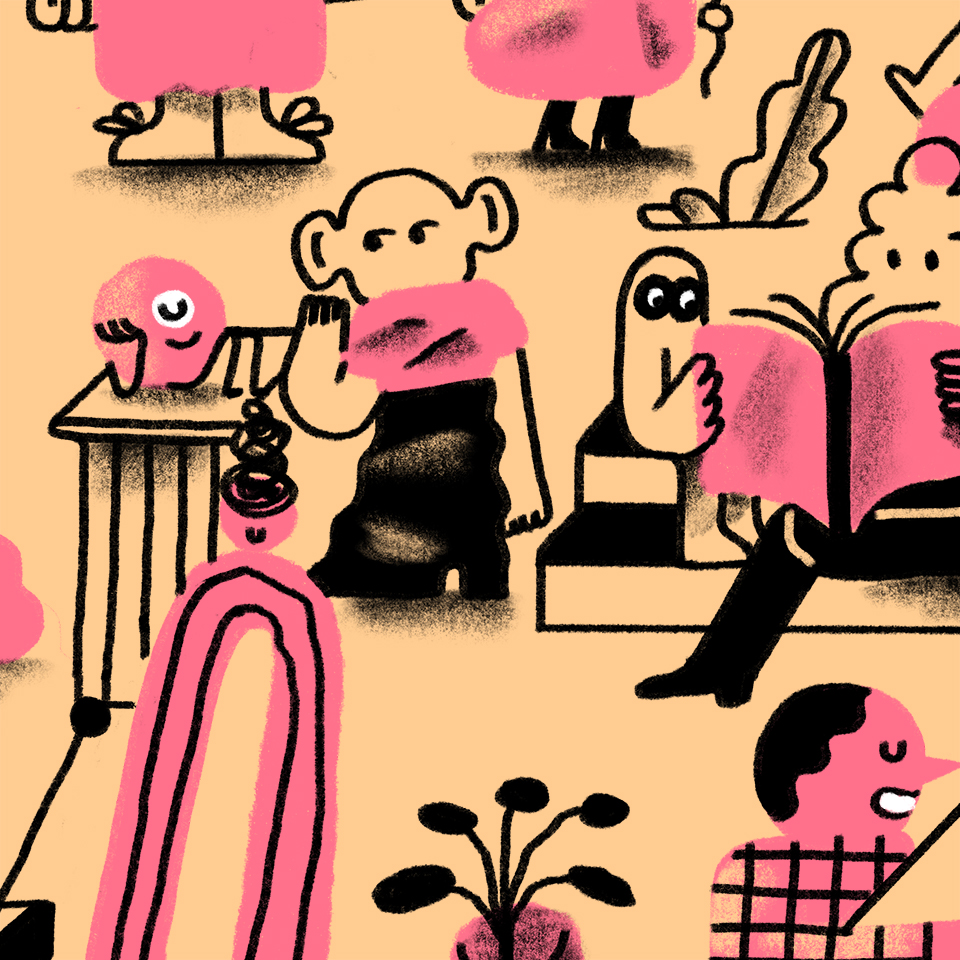


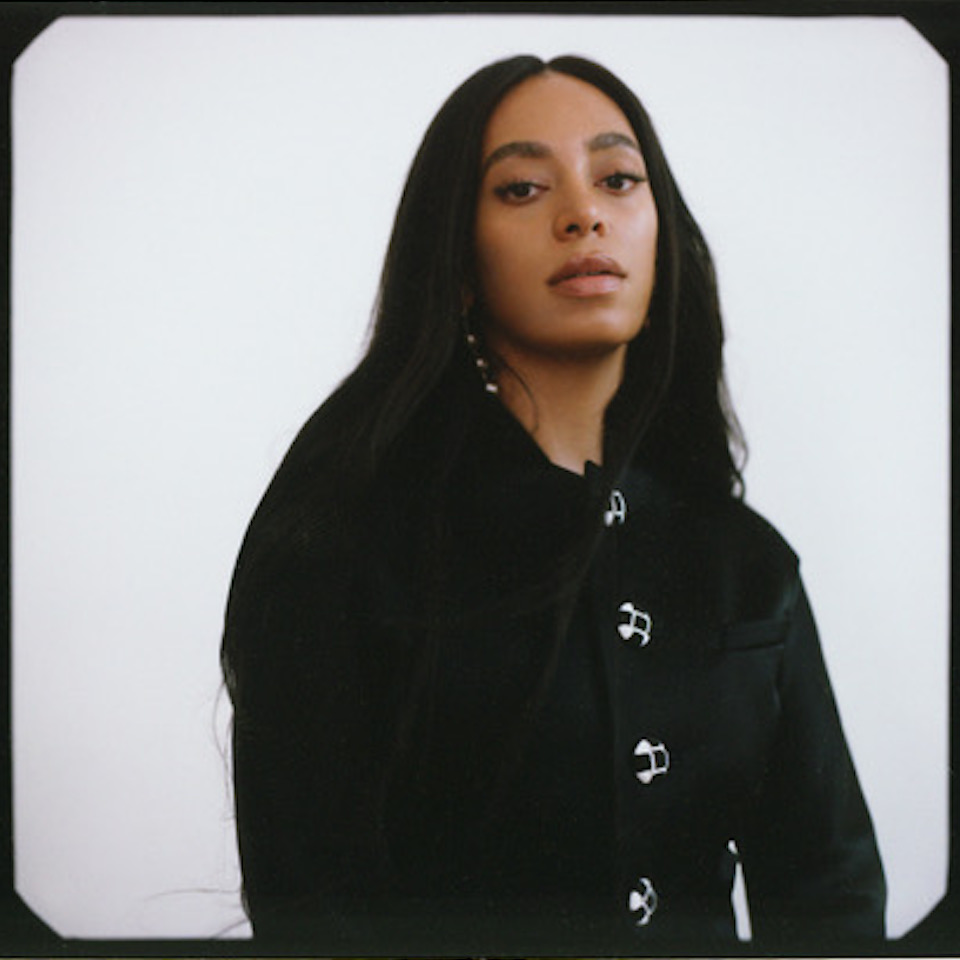

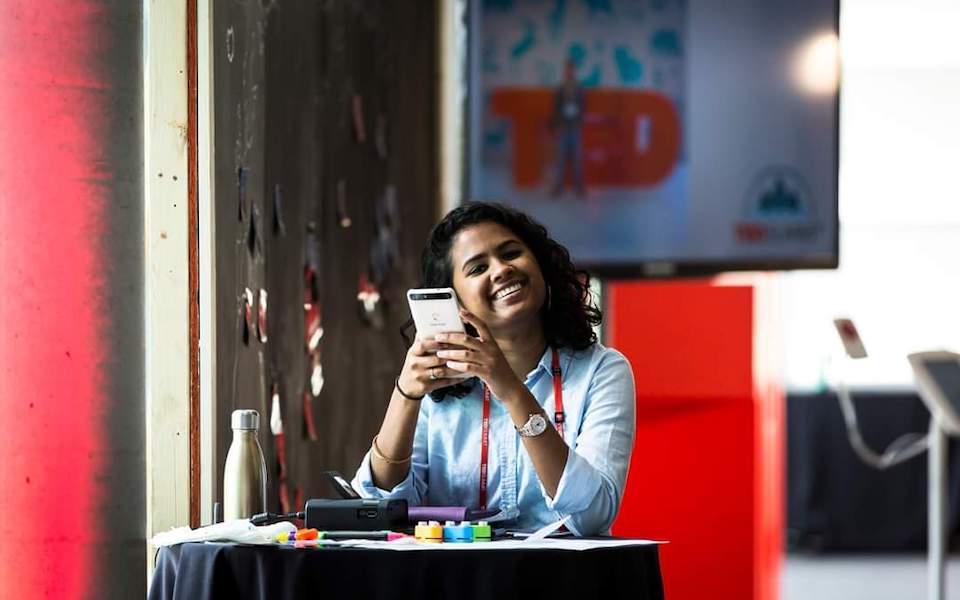



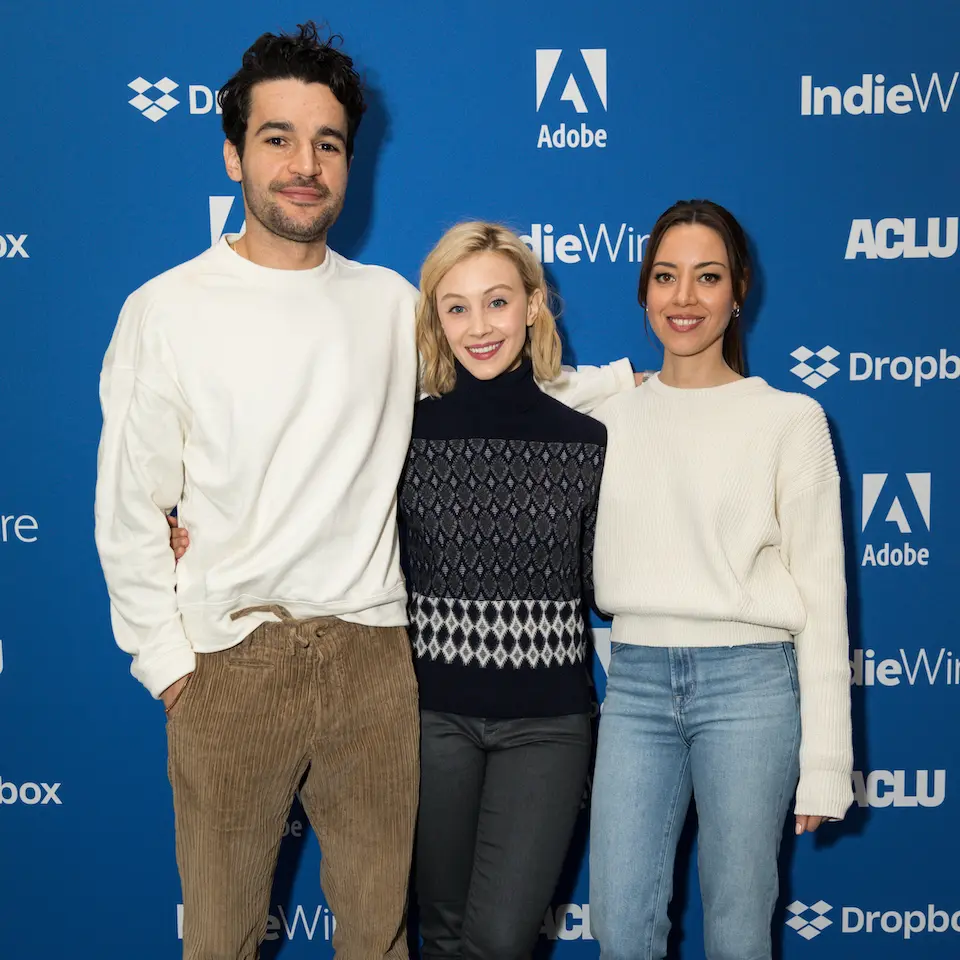



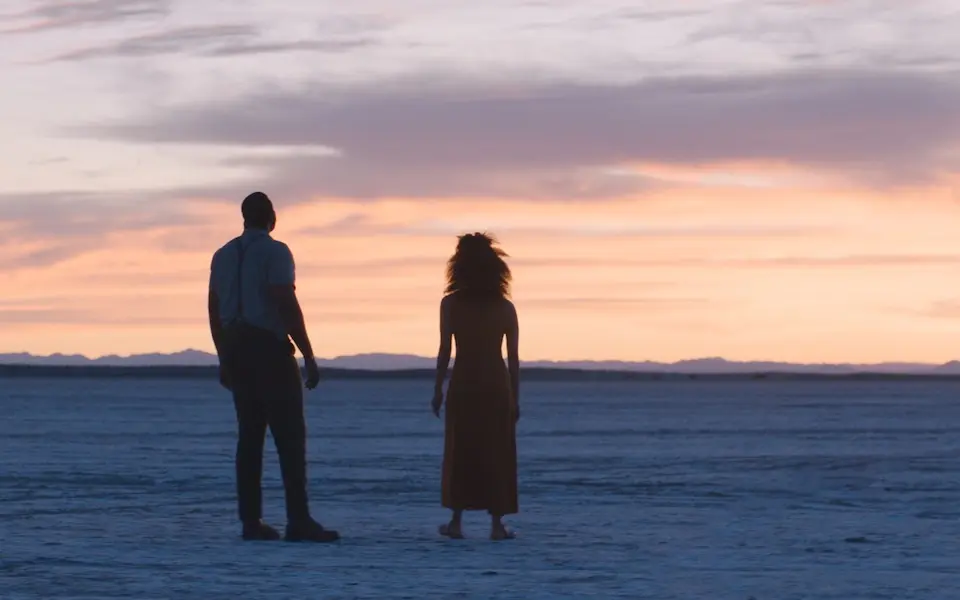
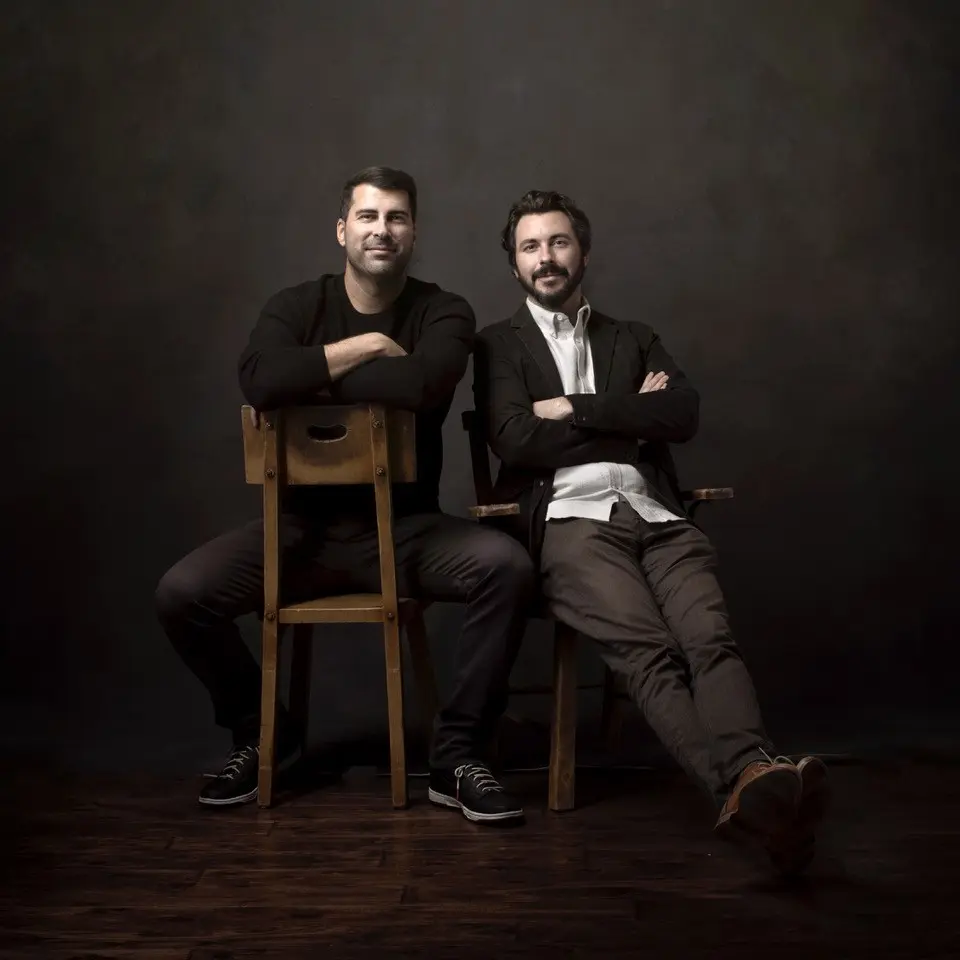


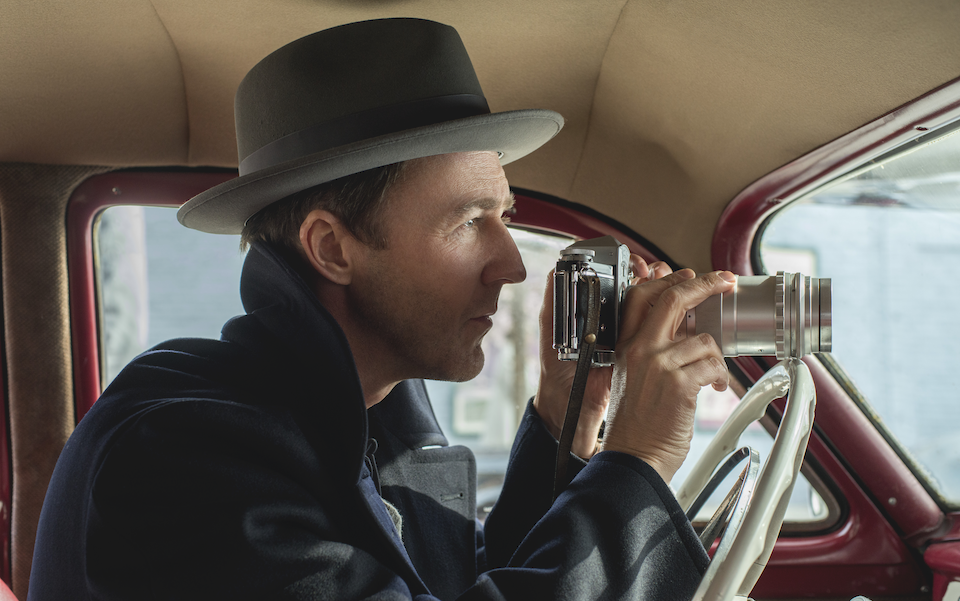

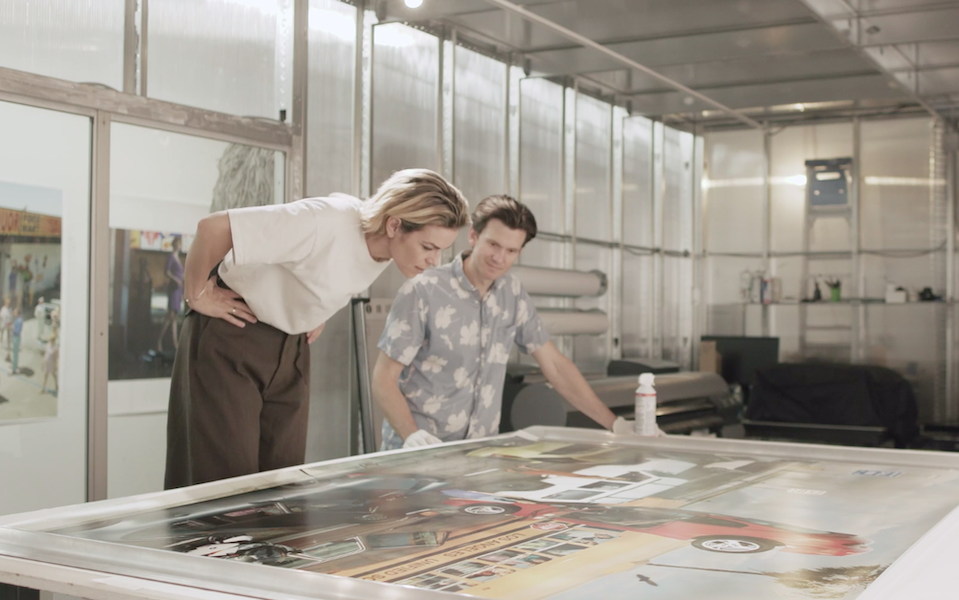









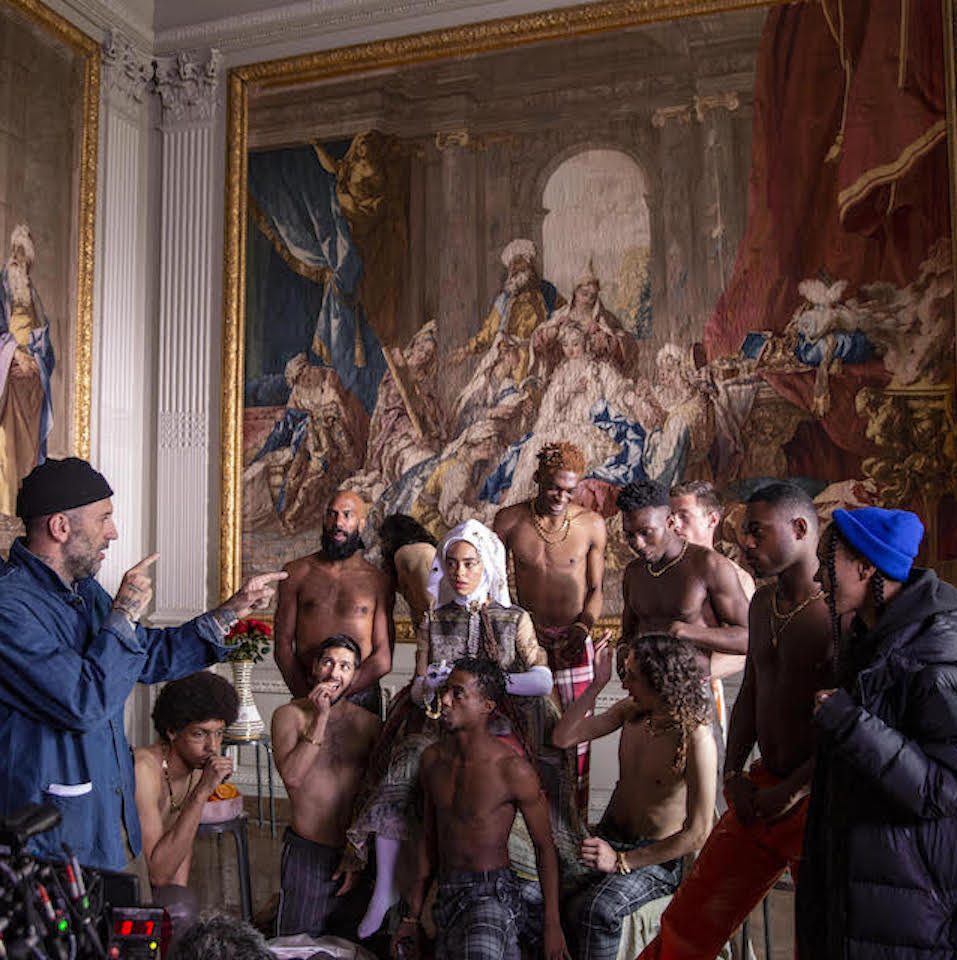

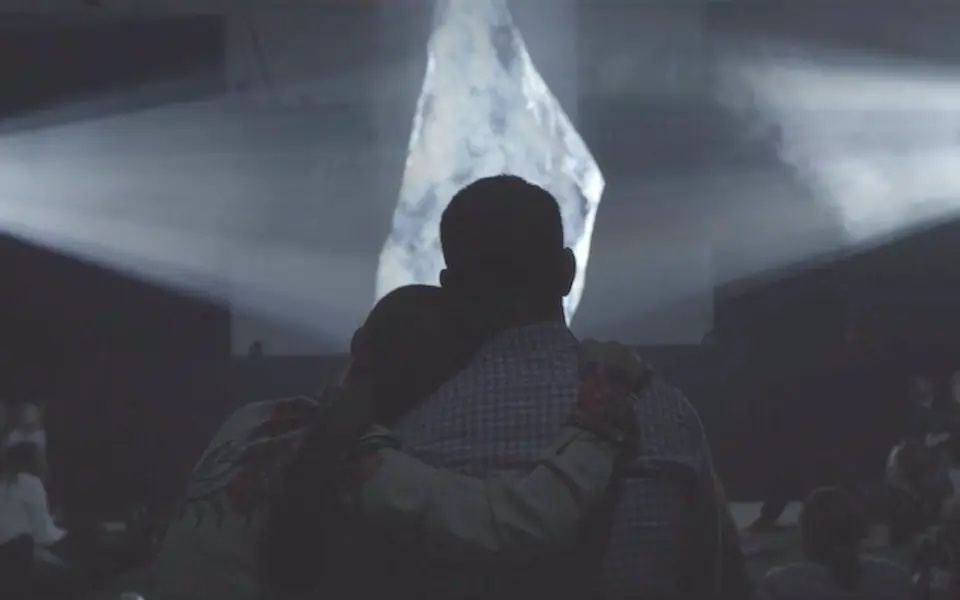
.png/_jcr_content/renditions/Karen%20O%20%2B%20Danger%20Mouse%20(photo%20by%20Eliot%20Lee%20Hazel).webp)





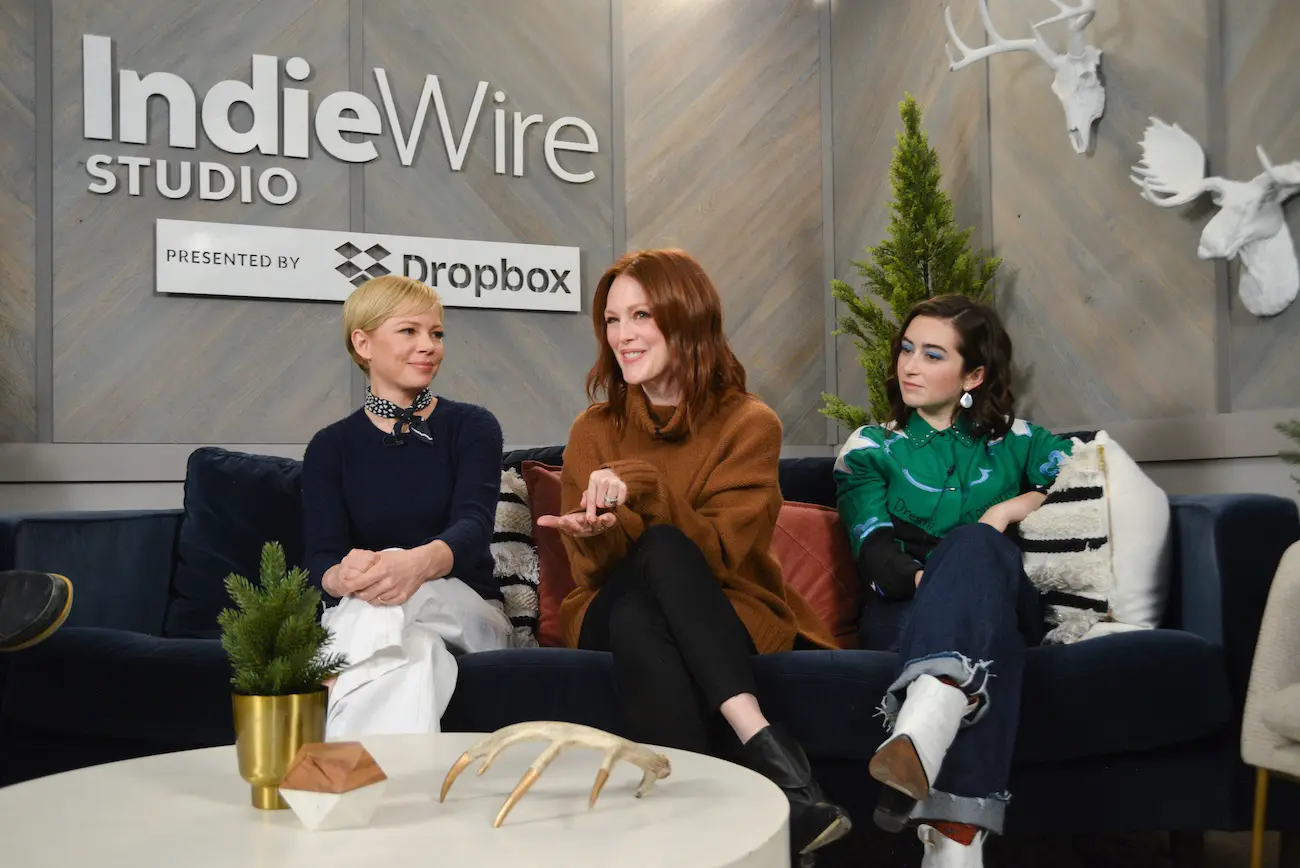

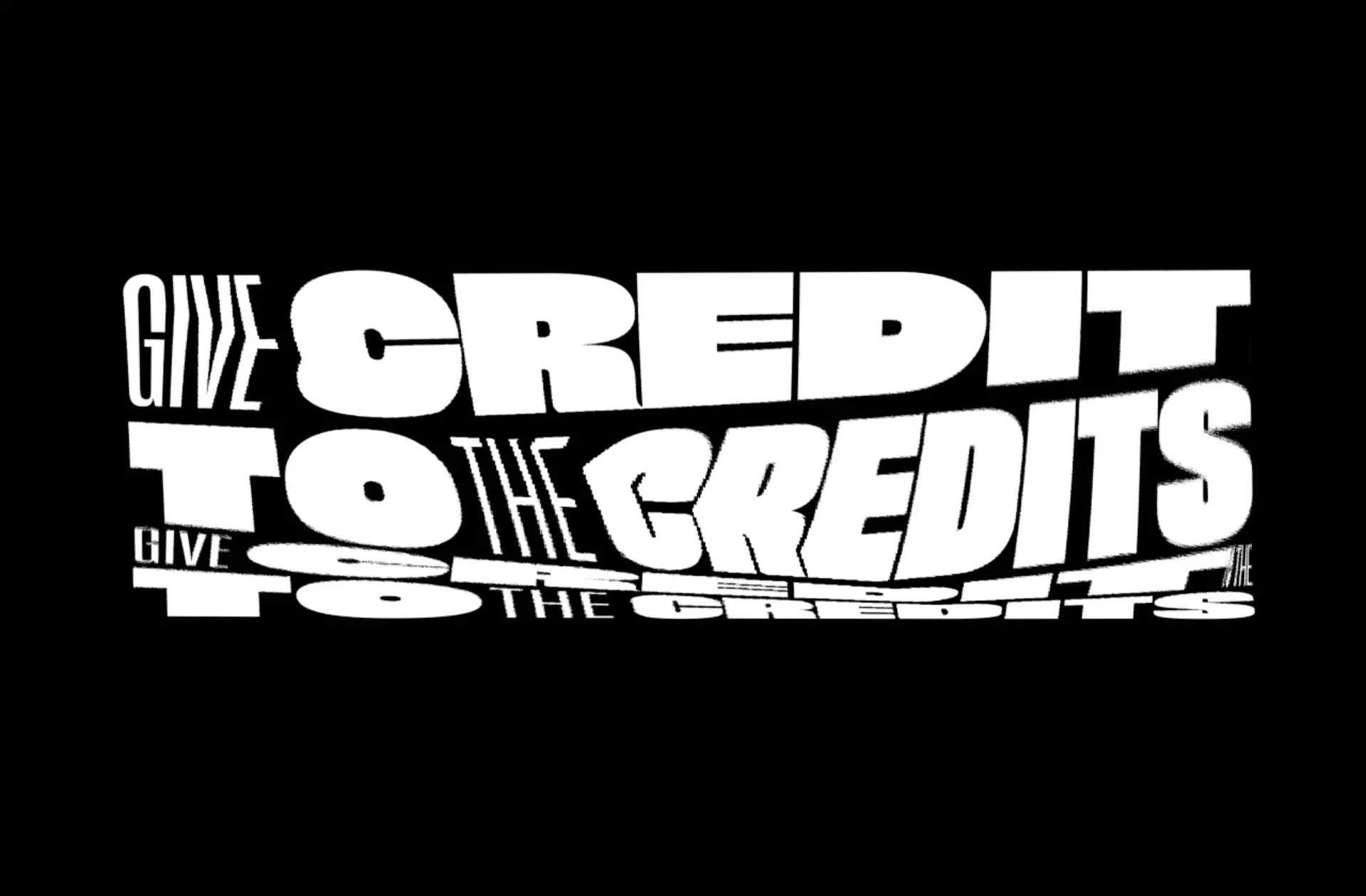
.jpg/_jcr_content/renditions/Extremely%20Wicked%20Shockingly%20Evil%20and%20Vile_Sundance19_Director%20Joe%20Berlinger%20(3).webp)

.jpg/_jcr_content/renditions/Bedlam%2014%20(1).webp)
